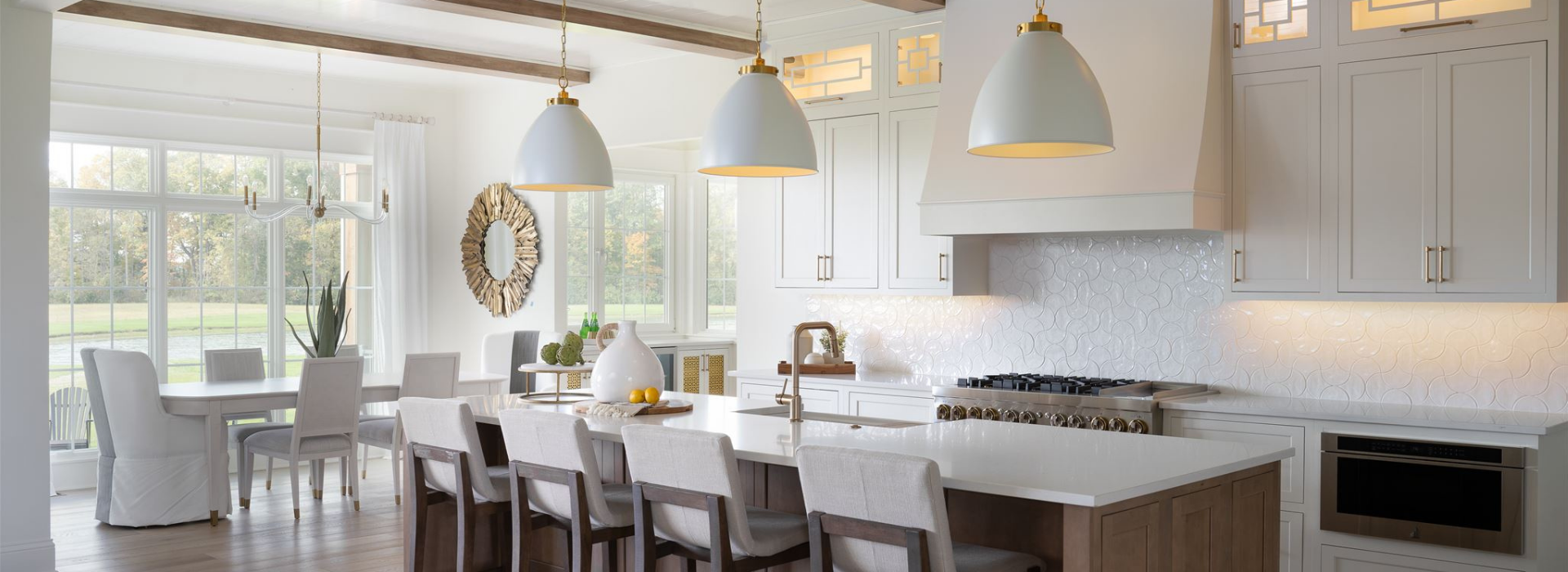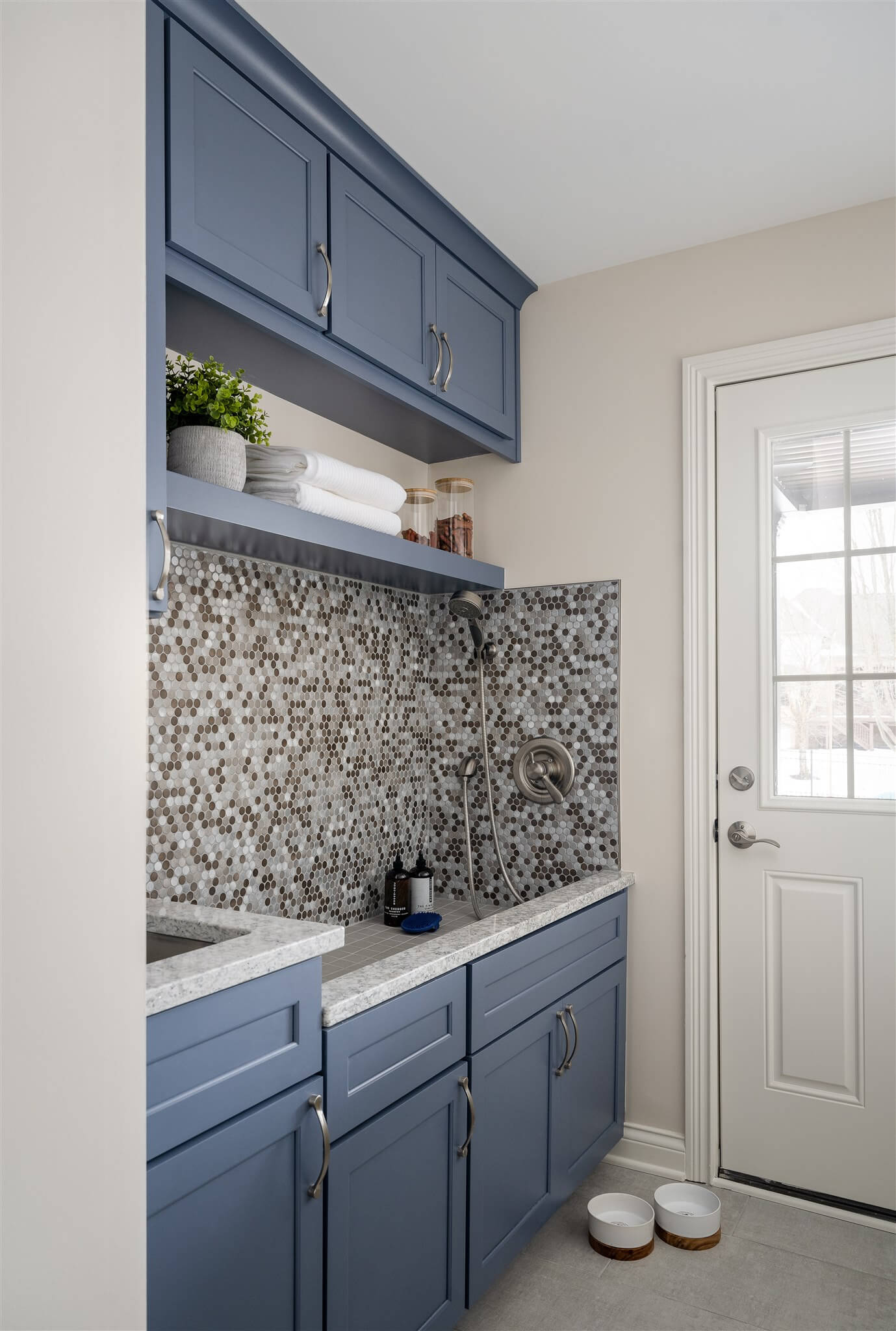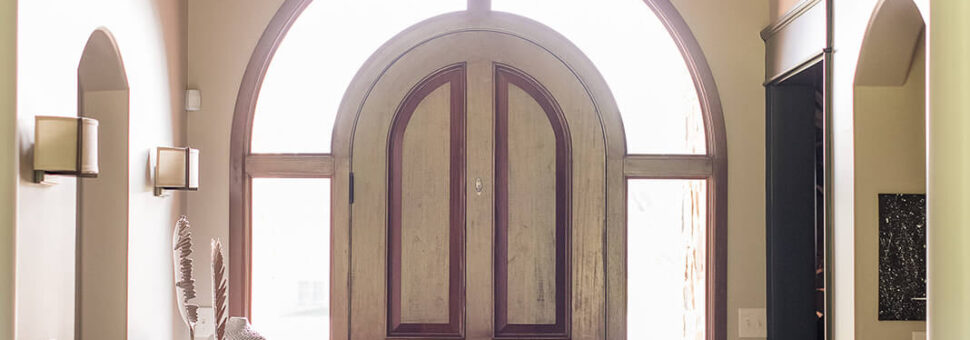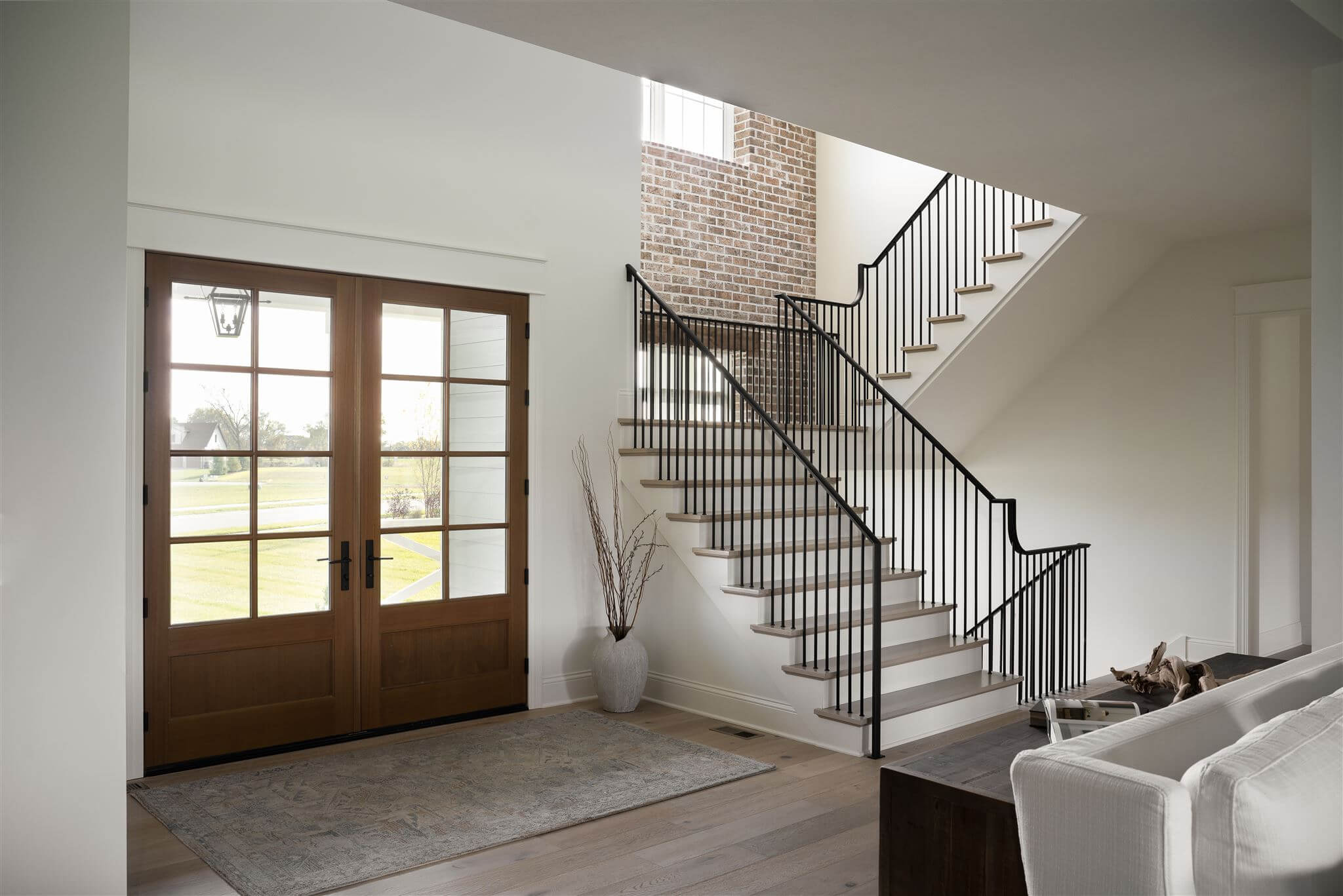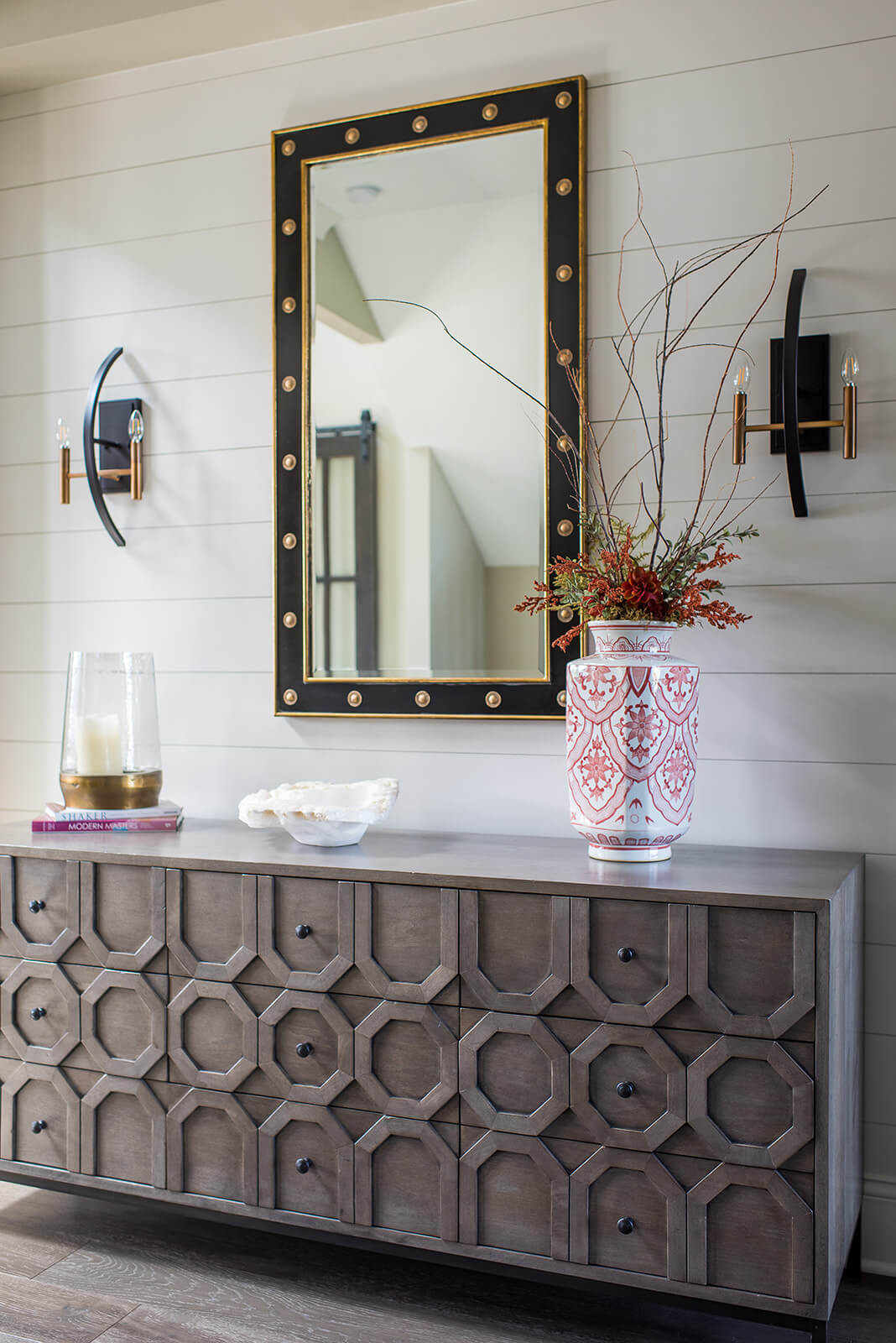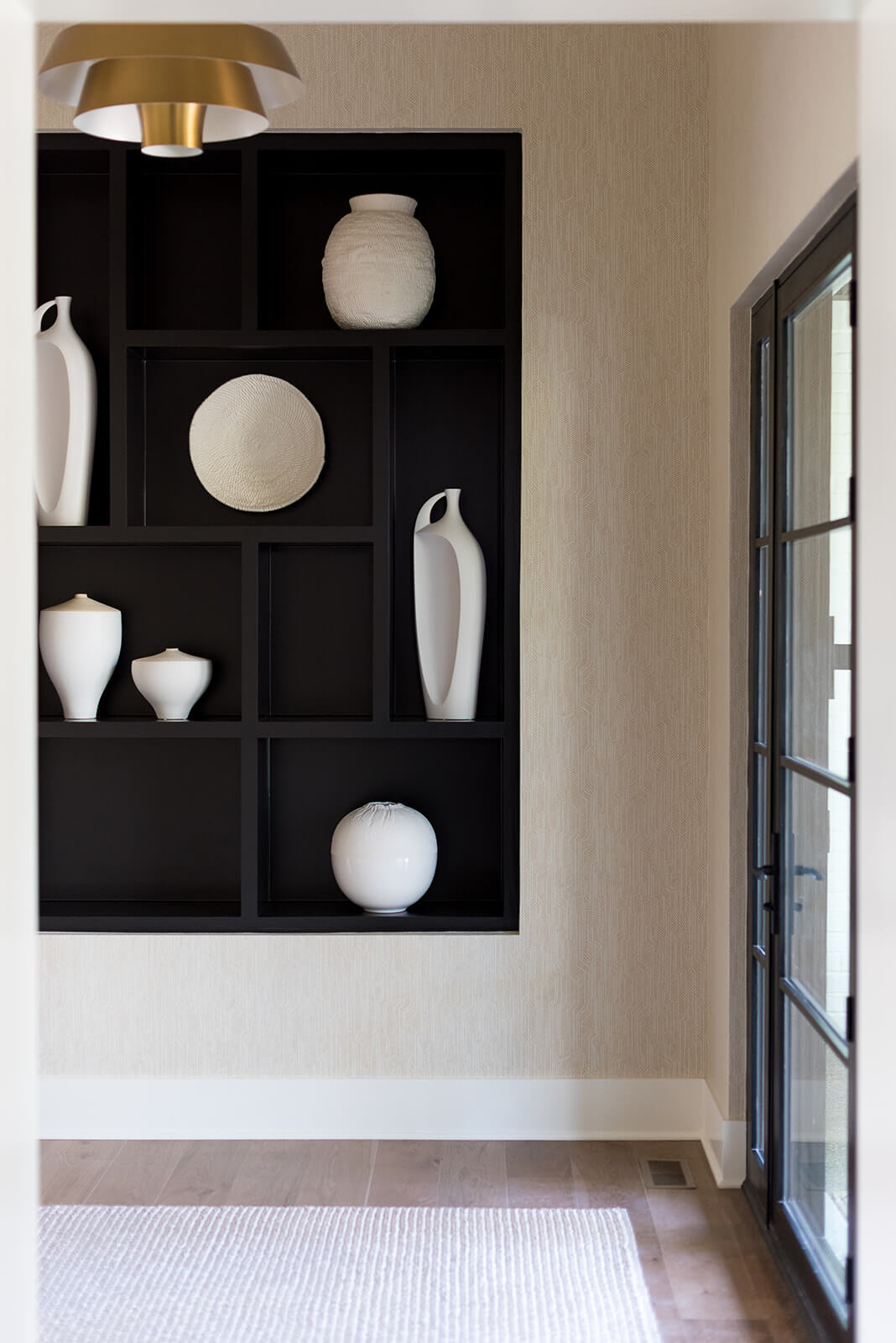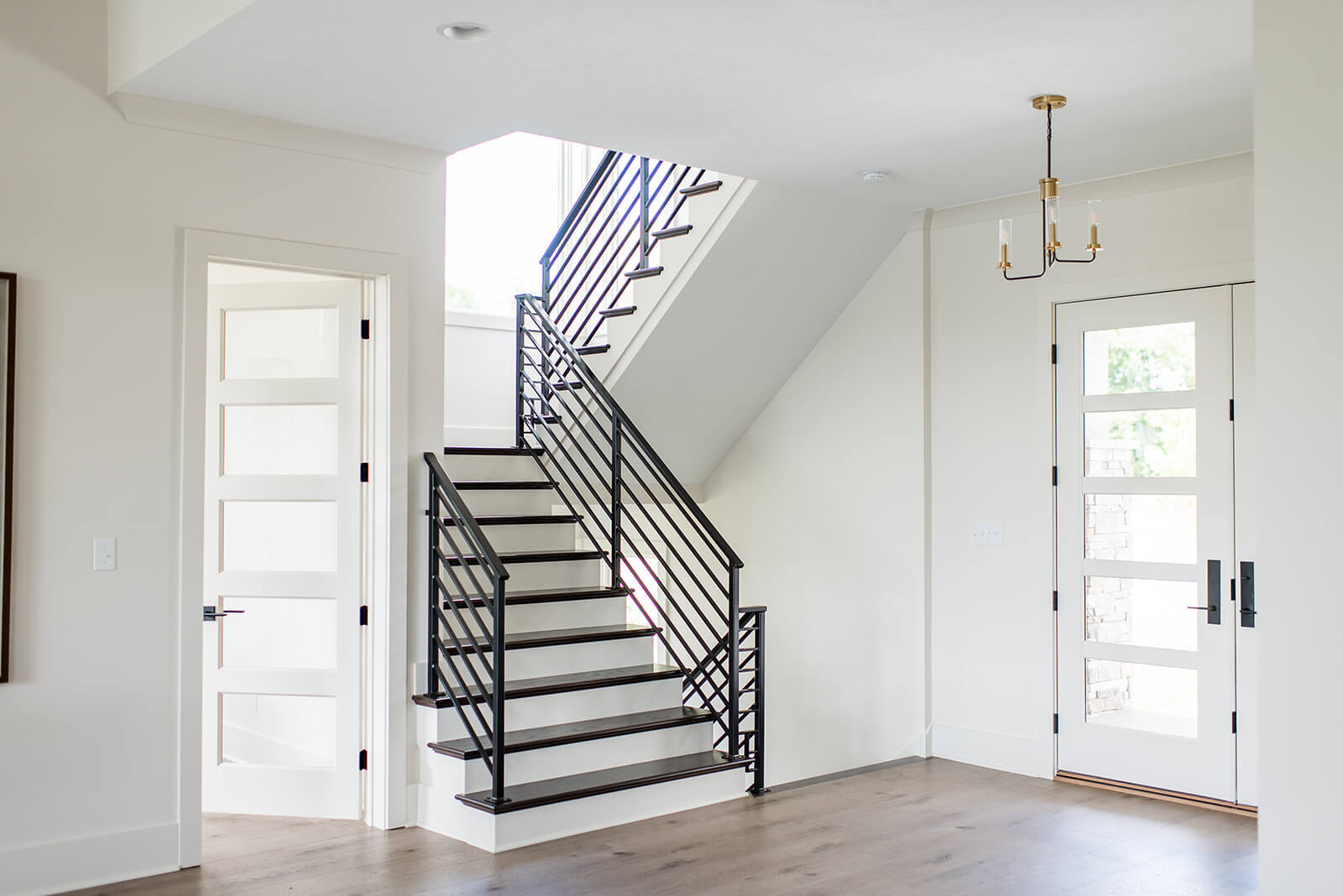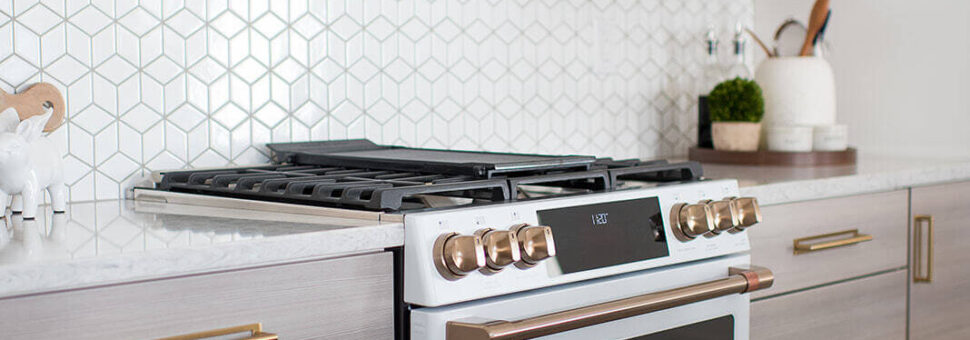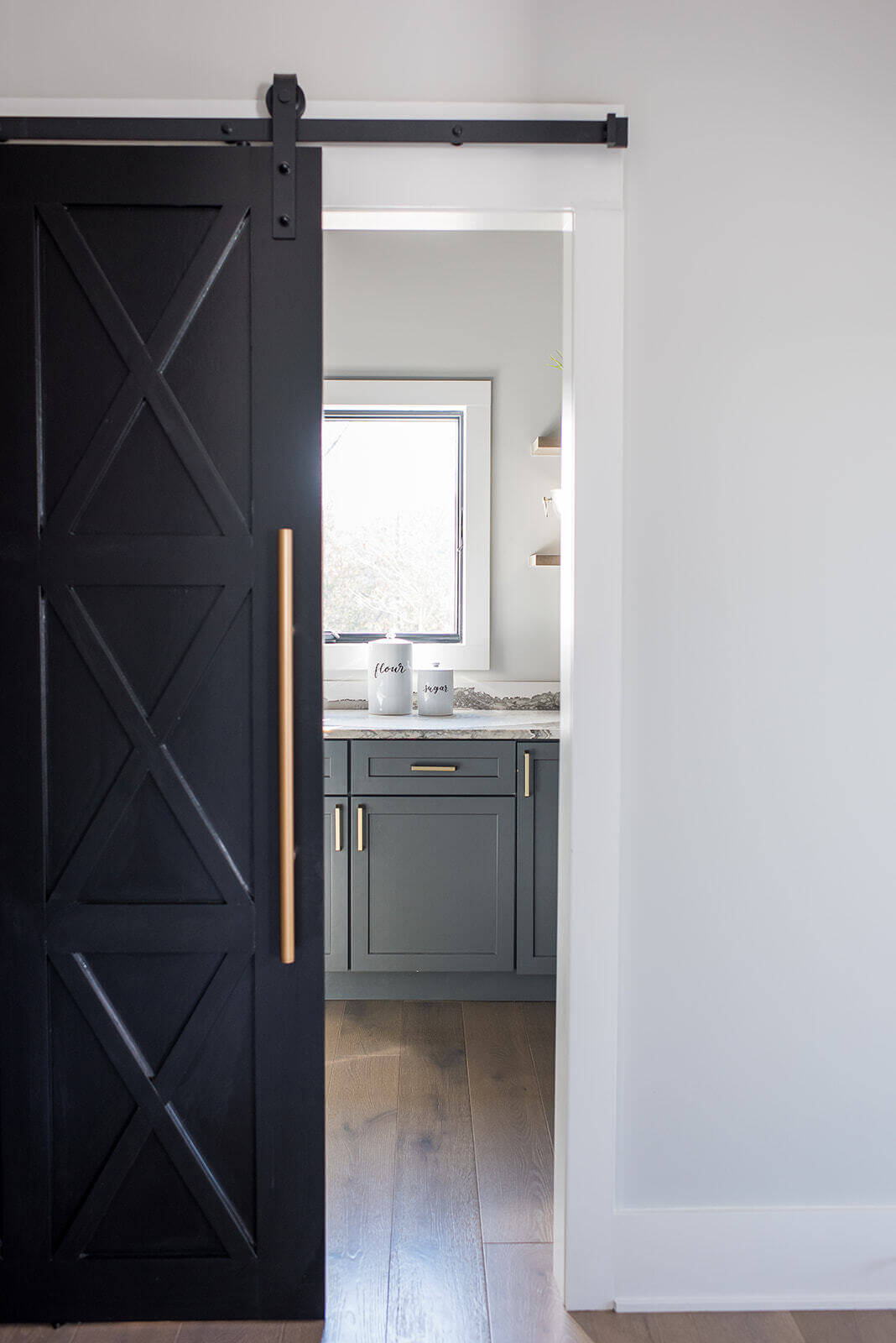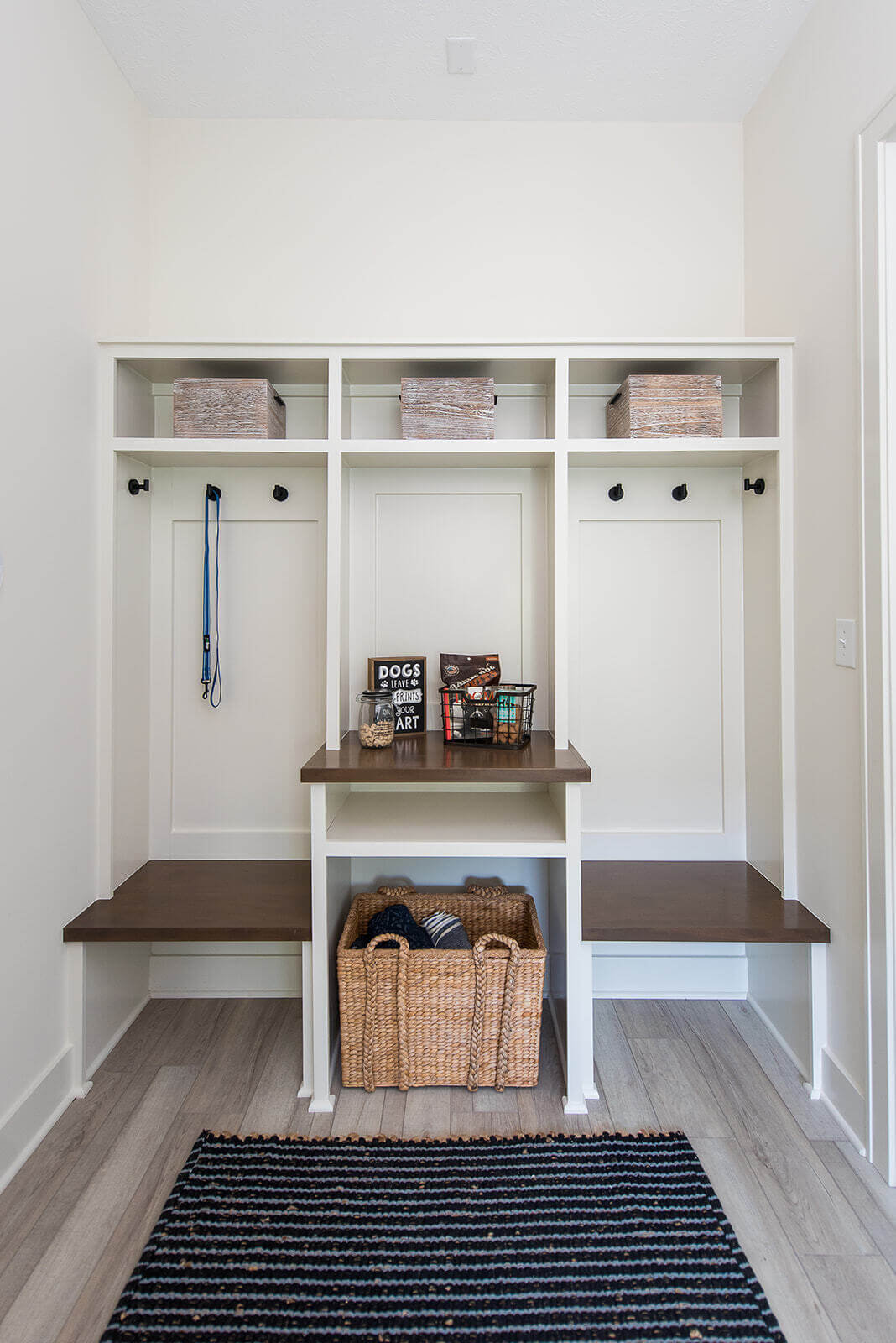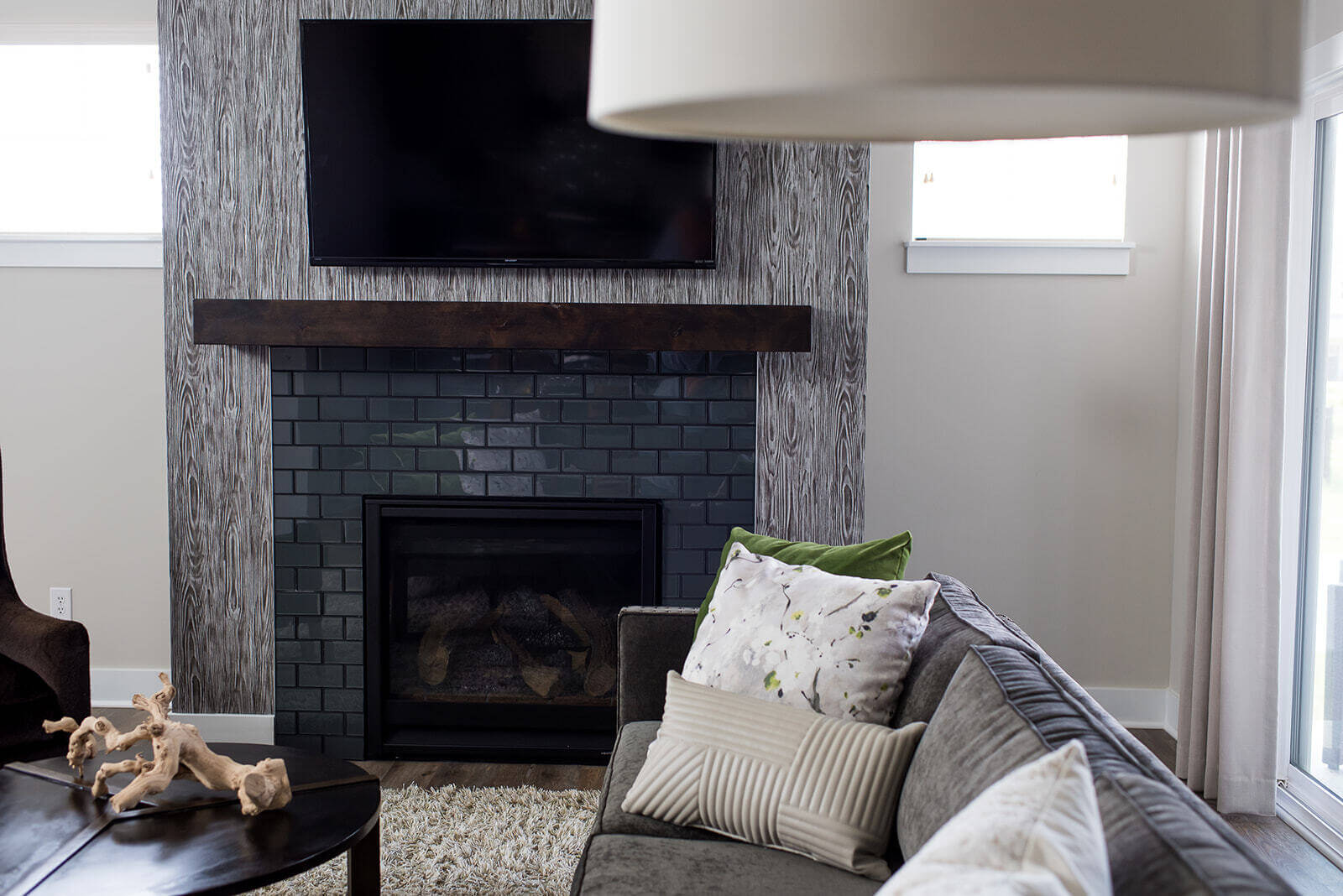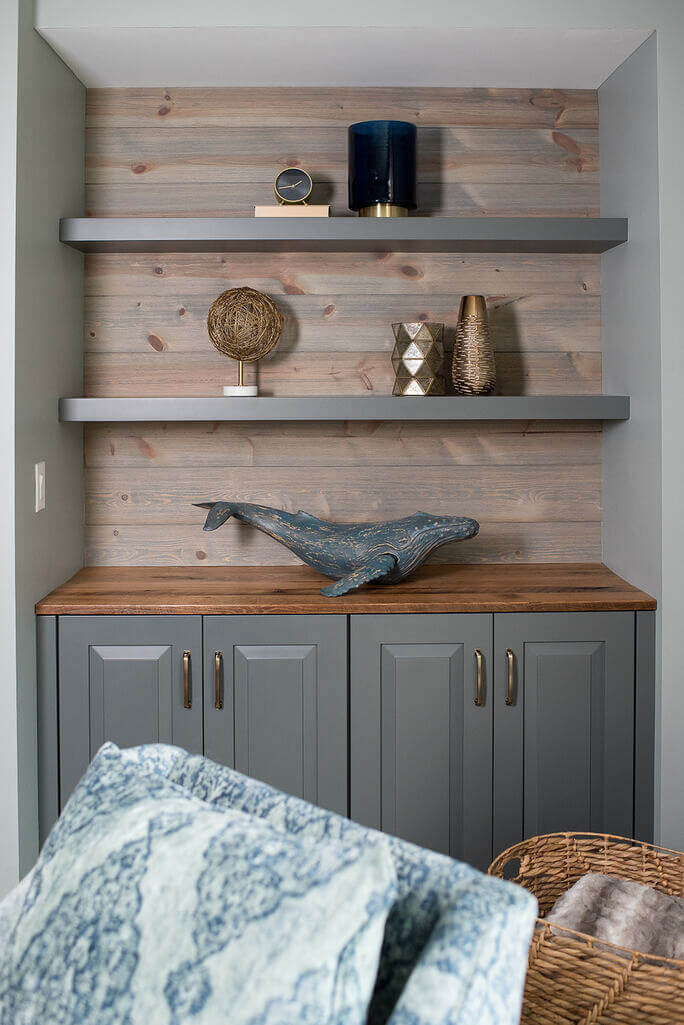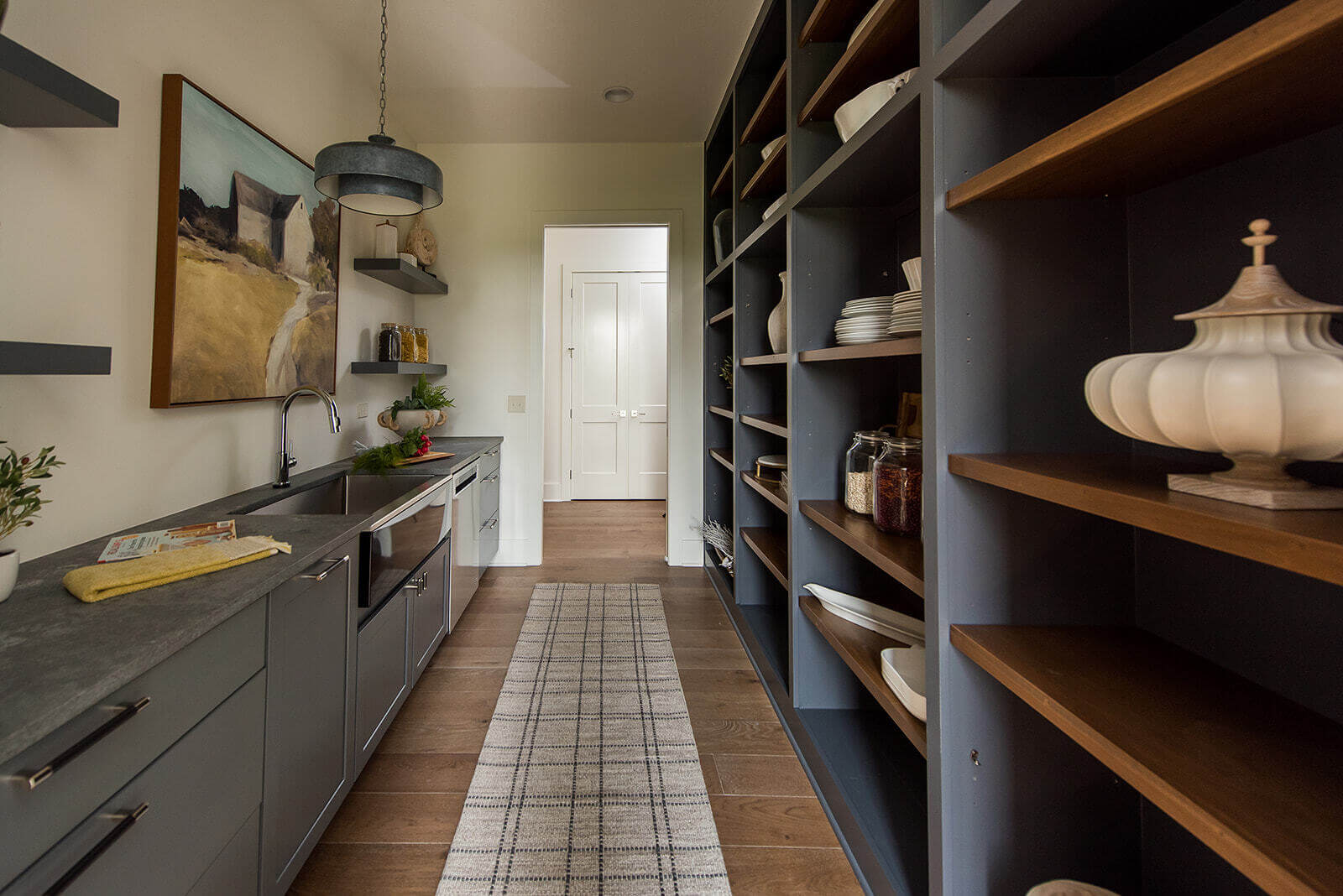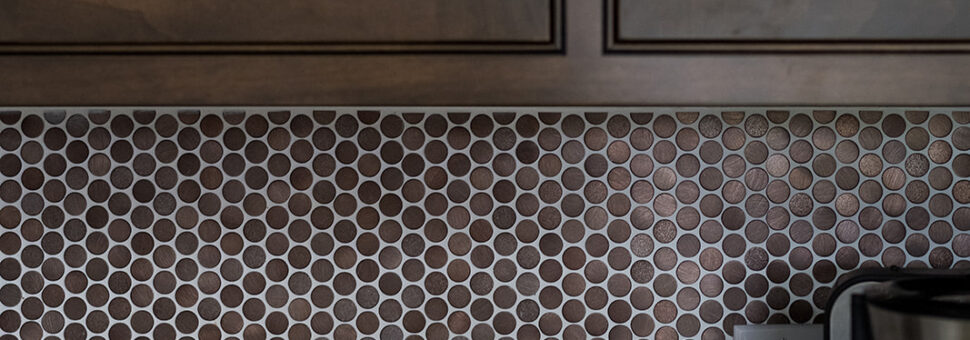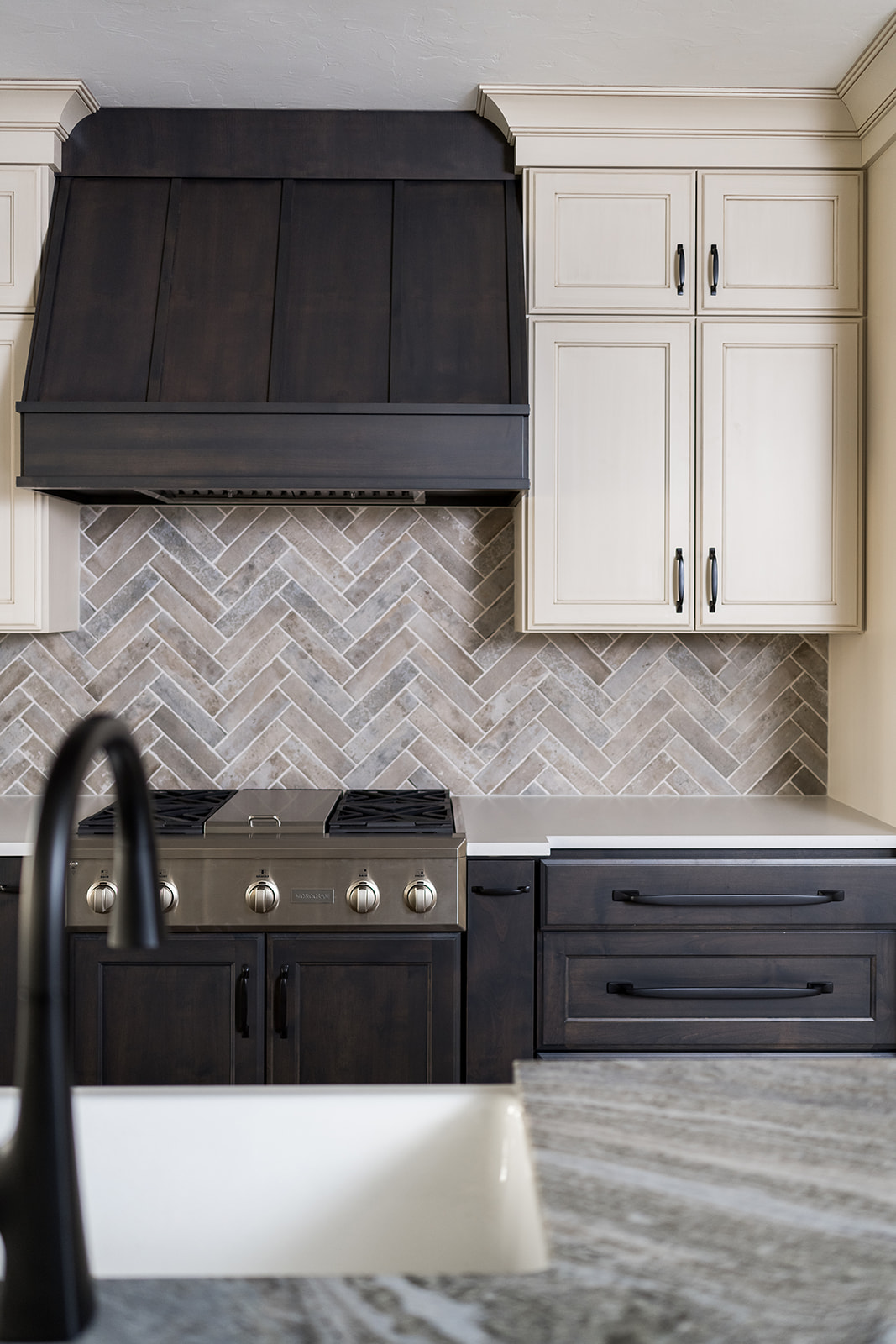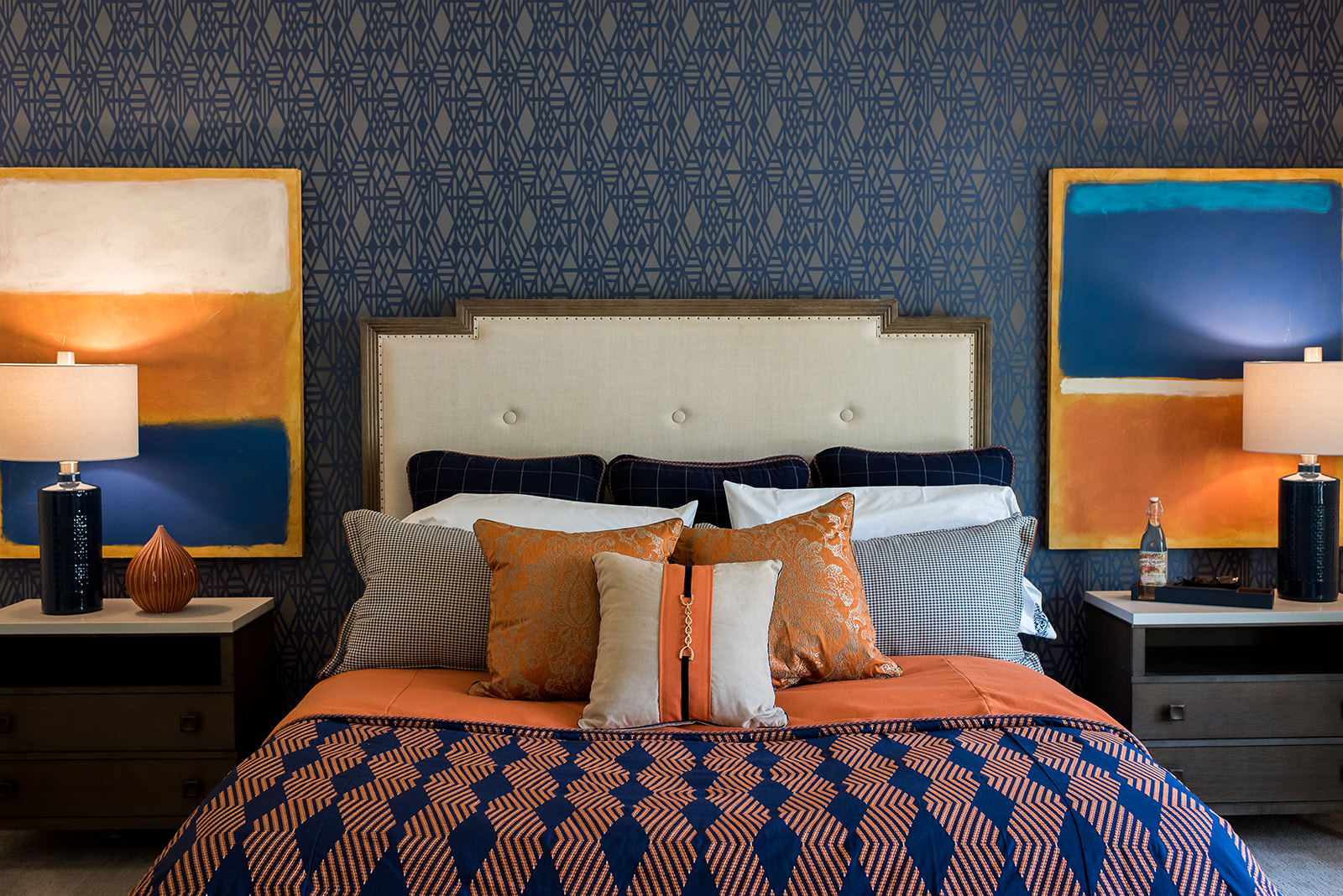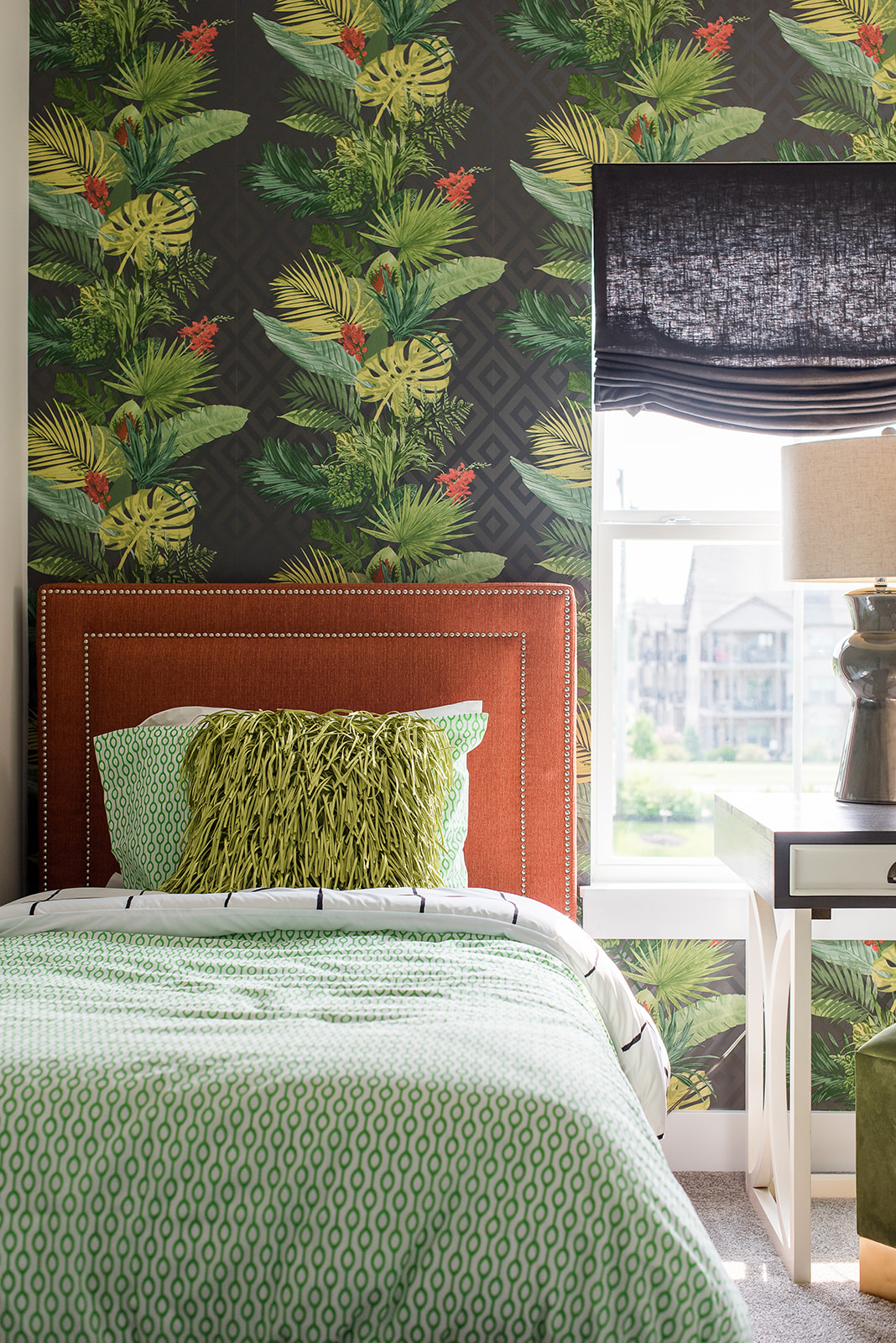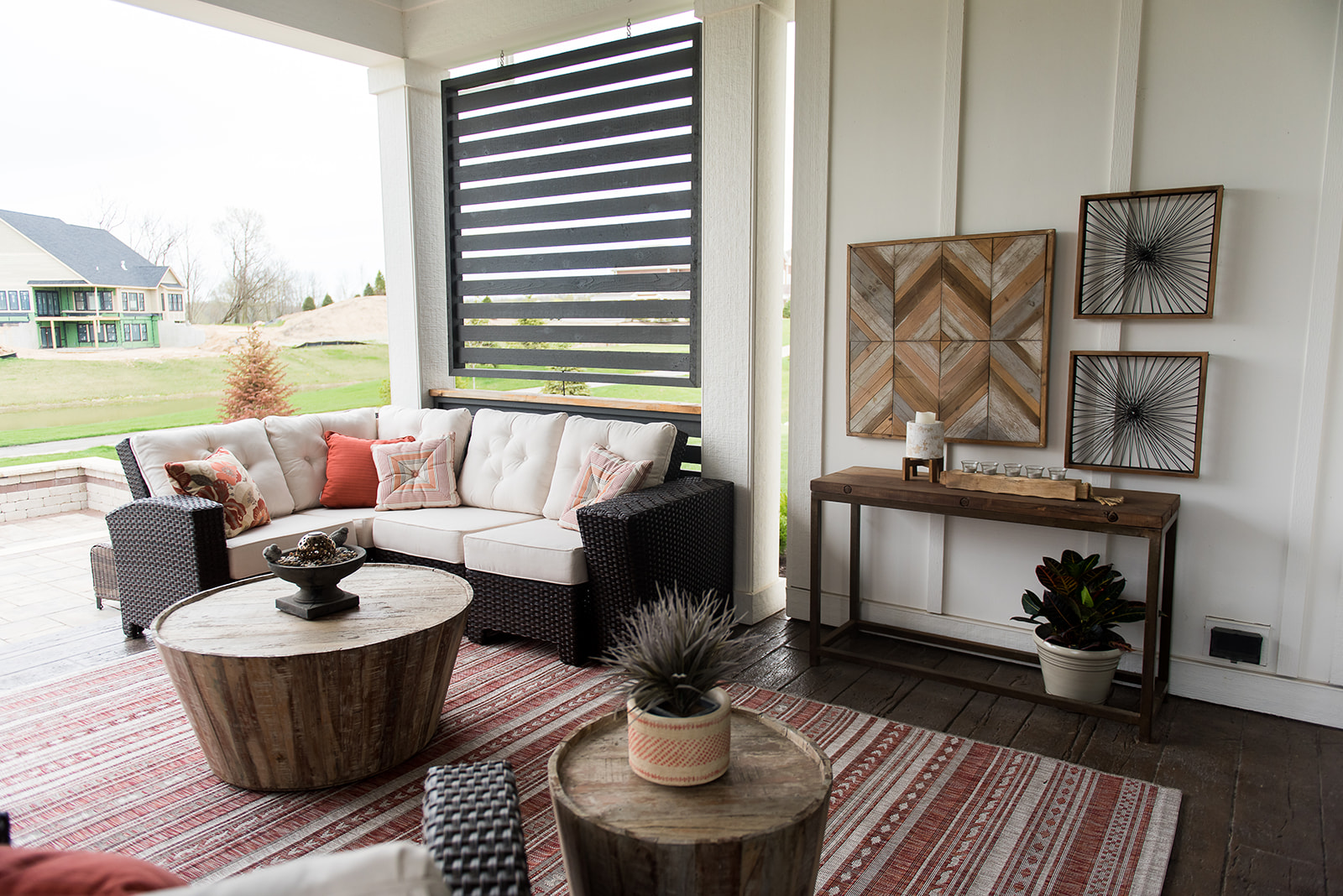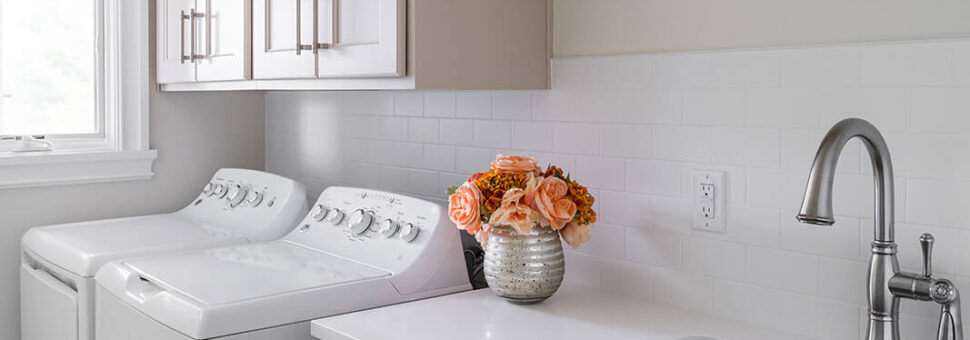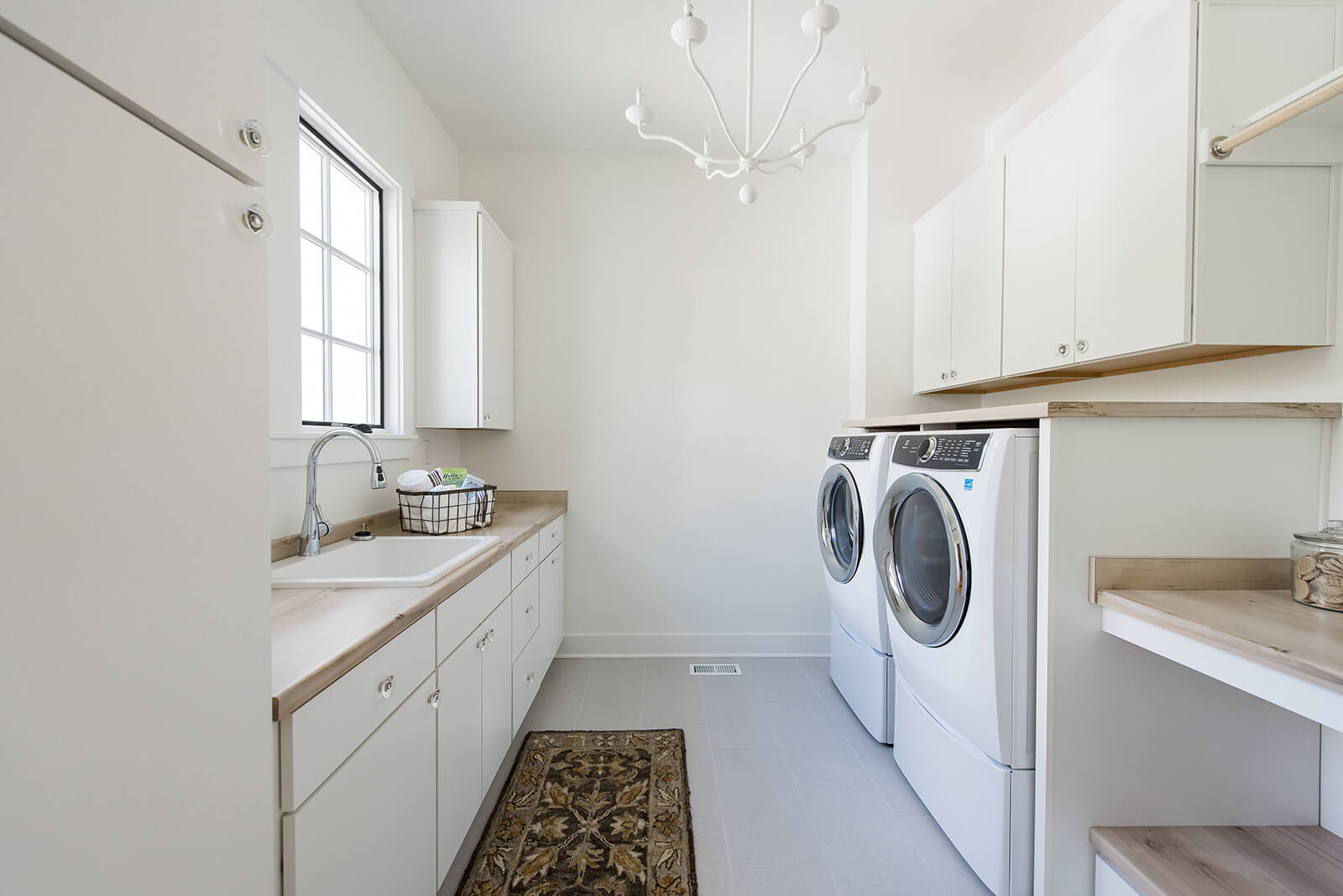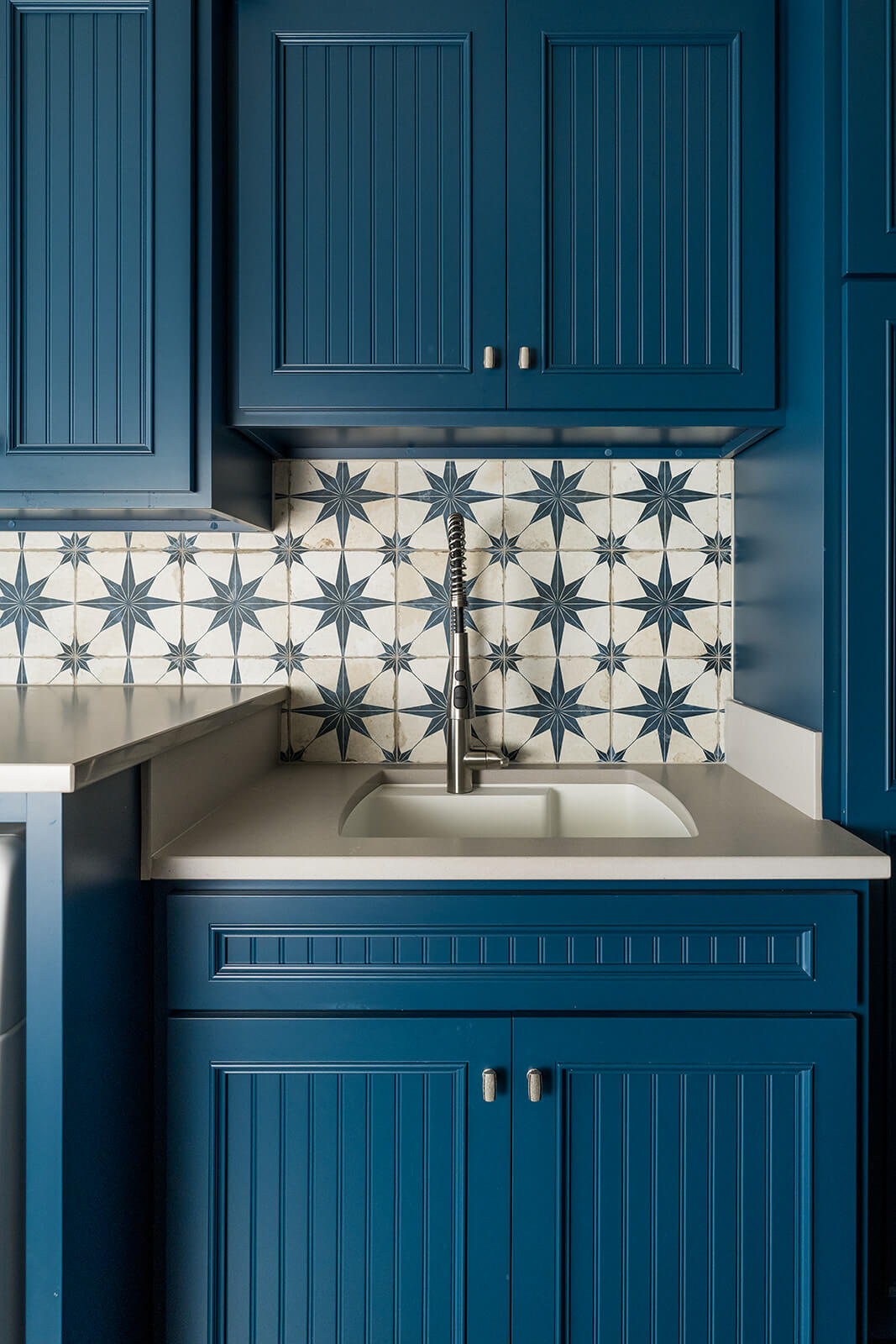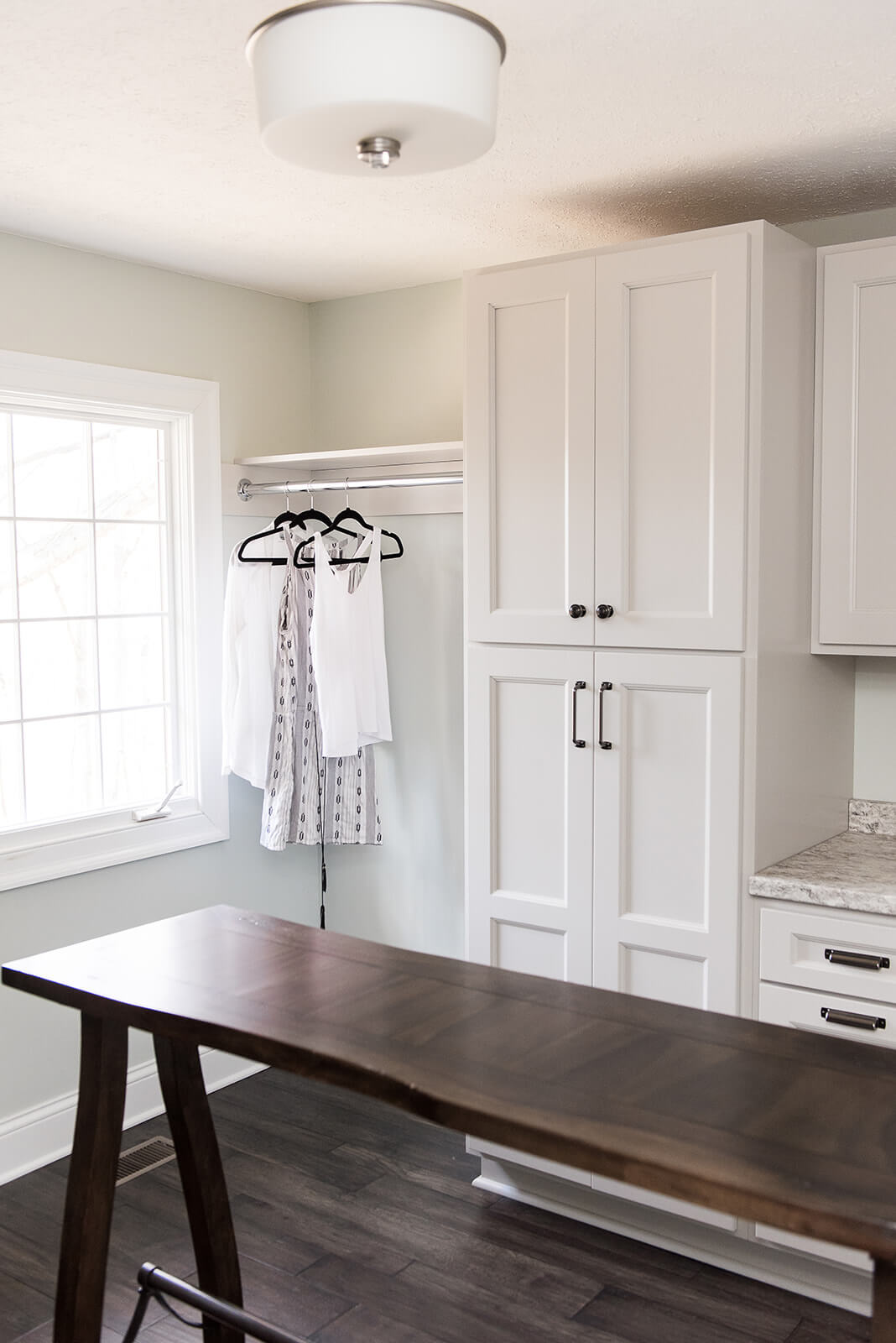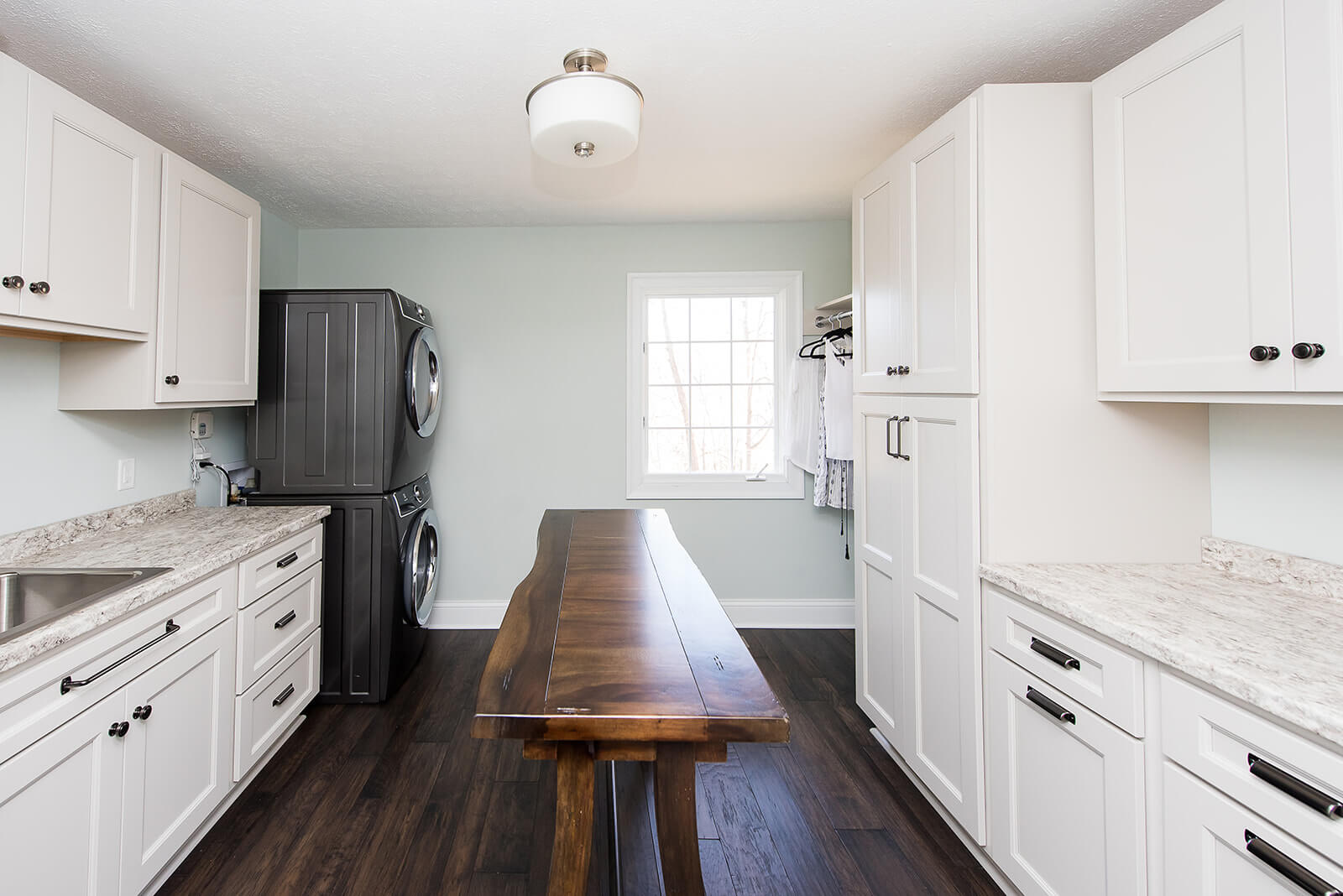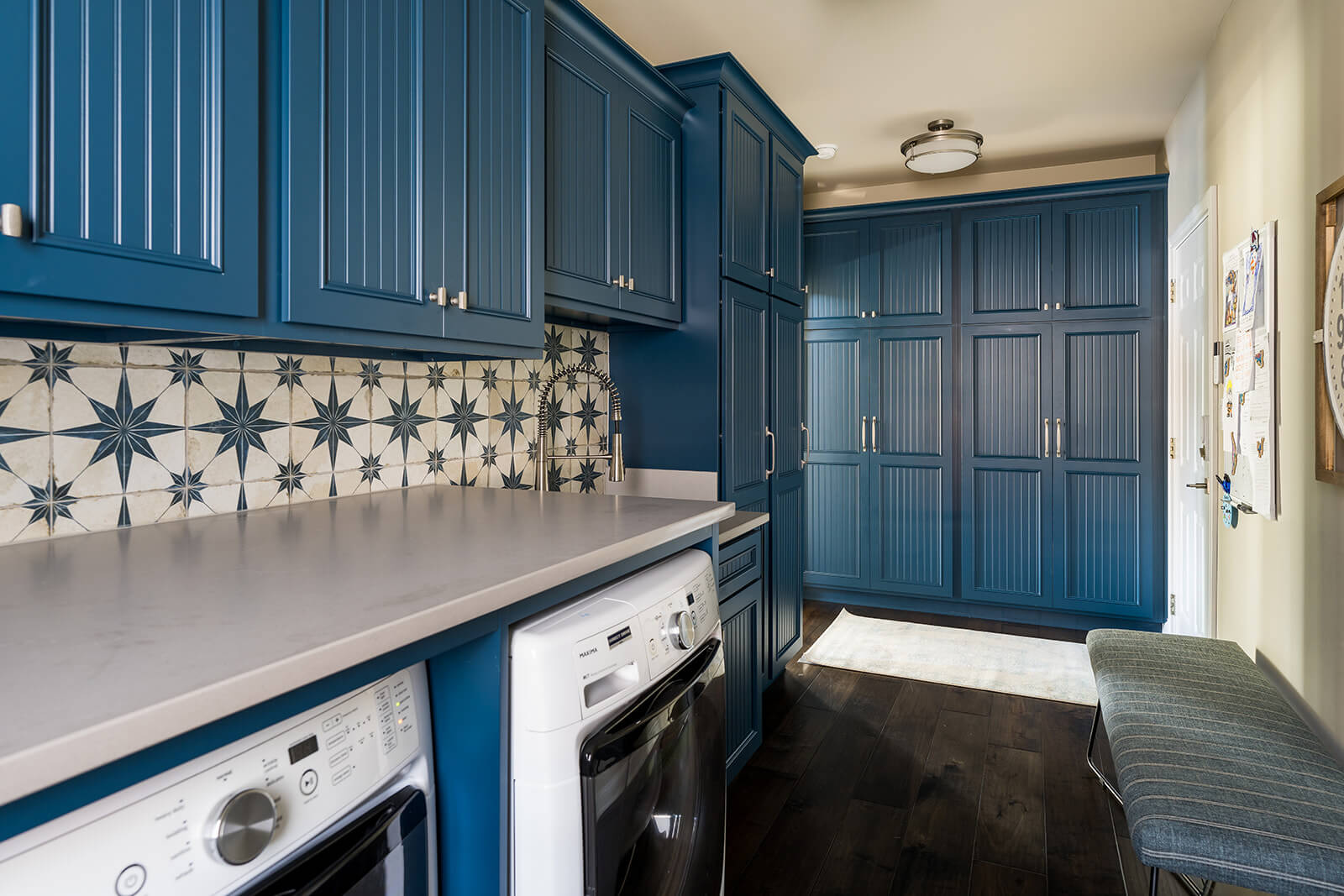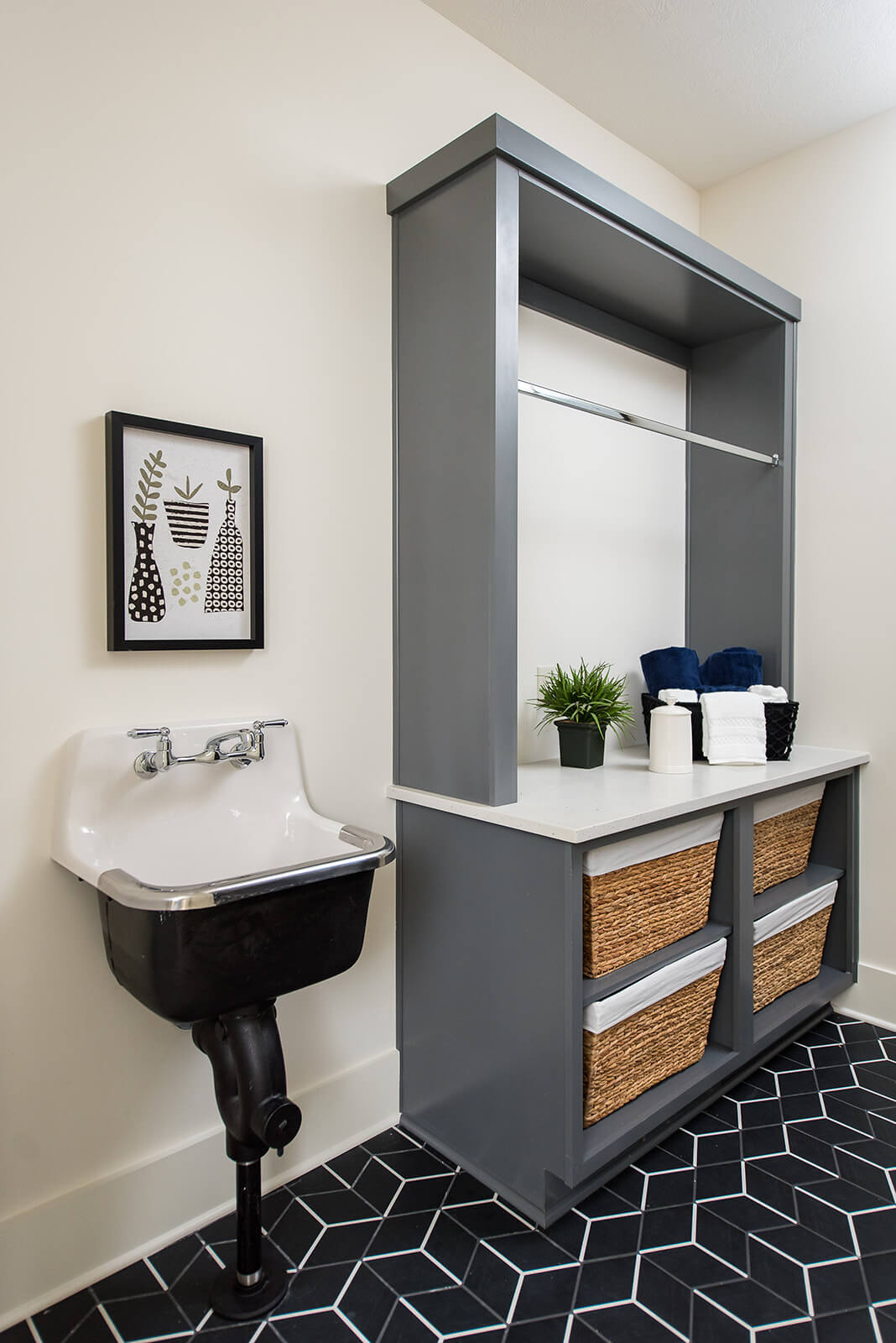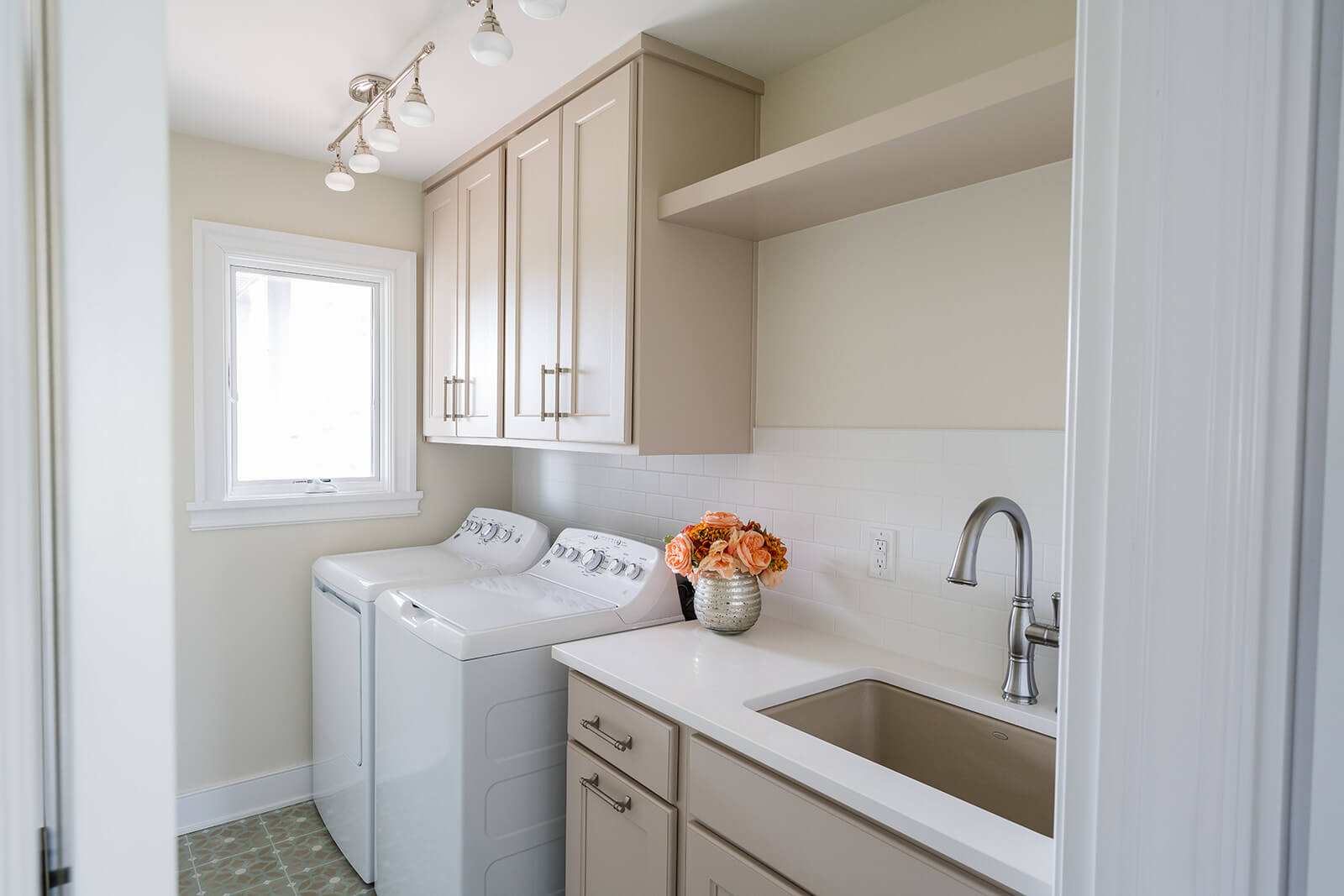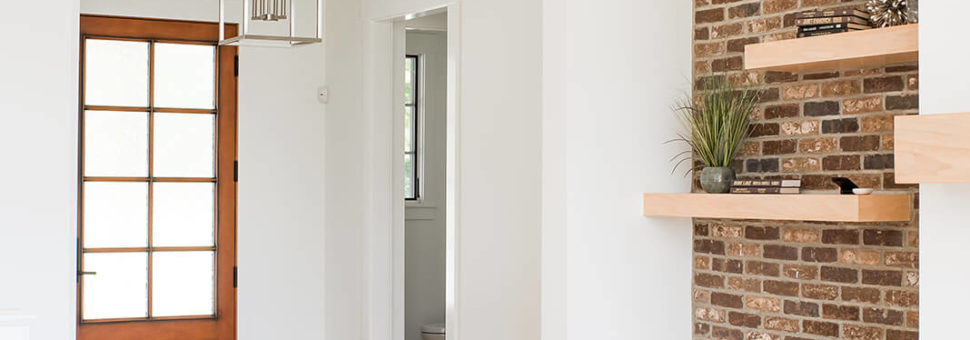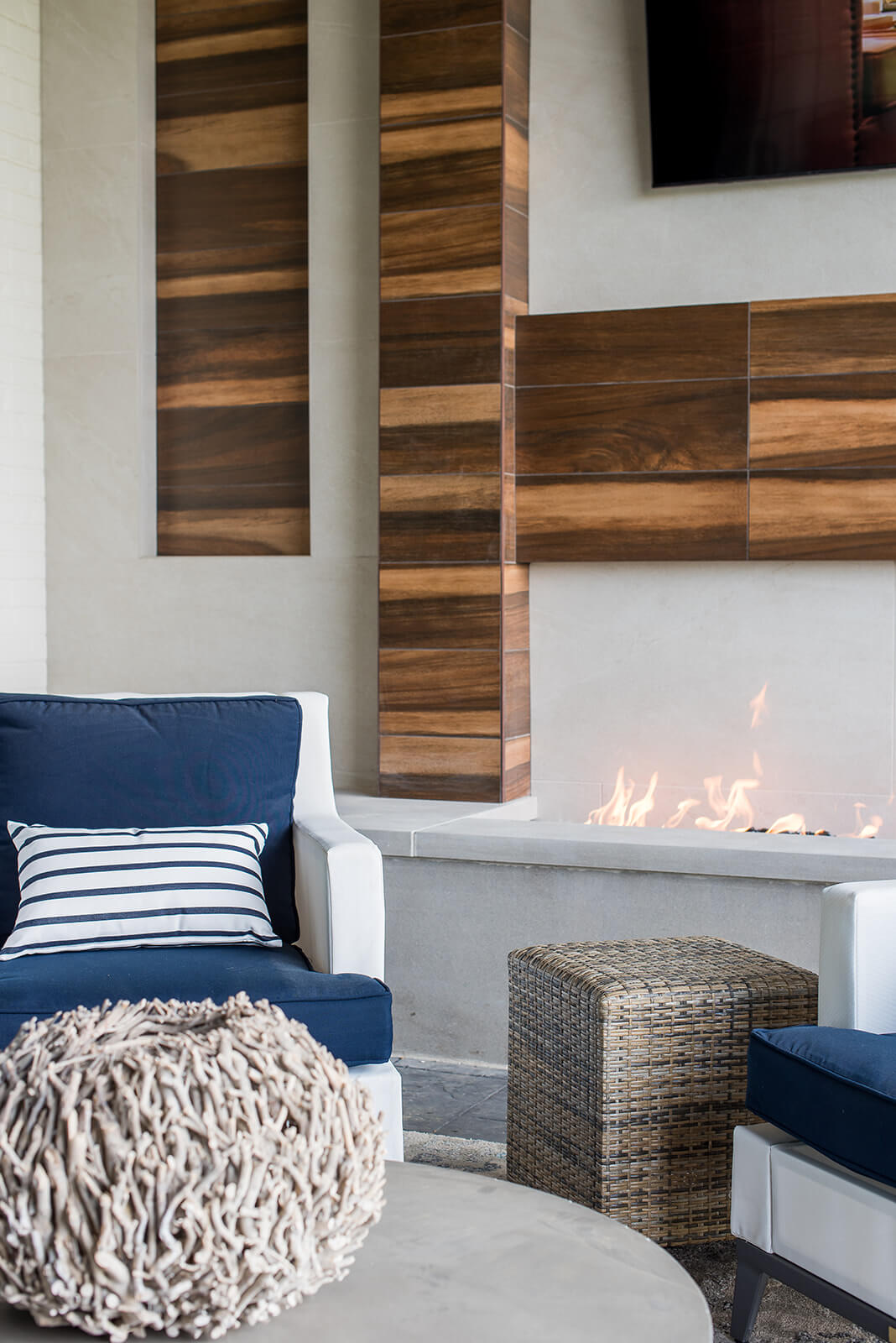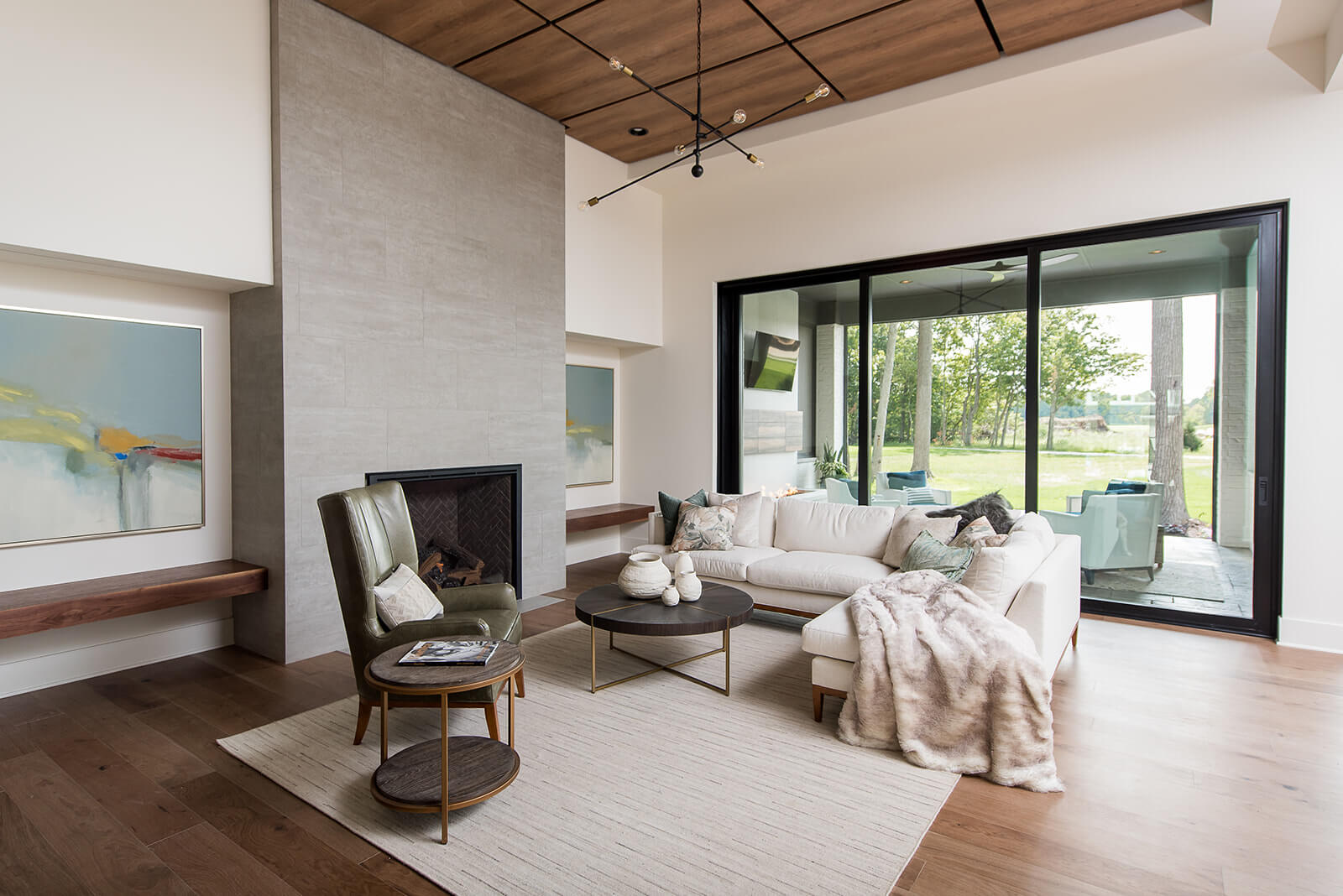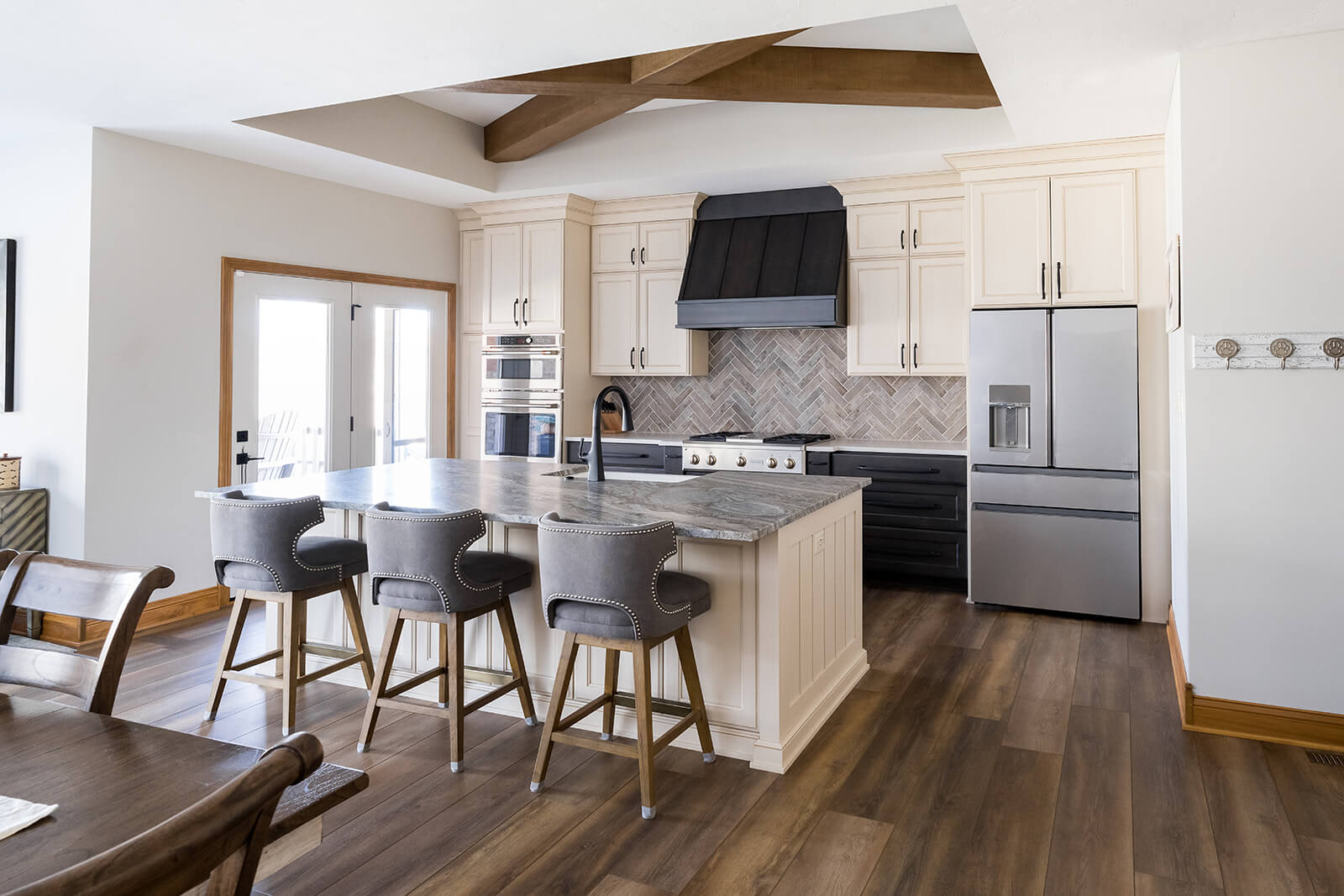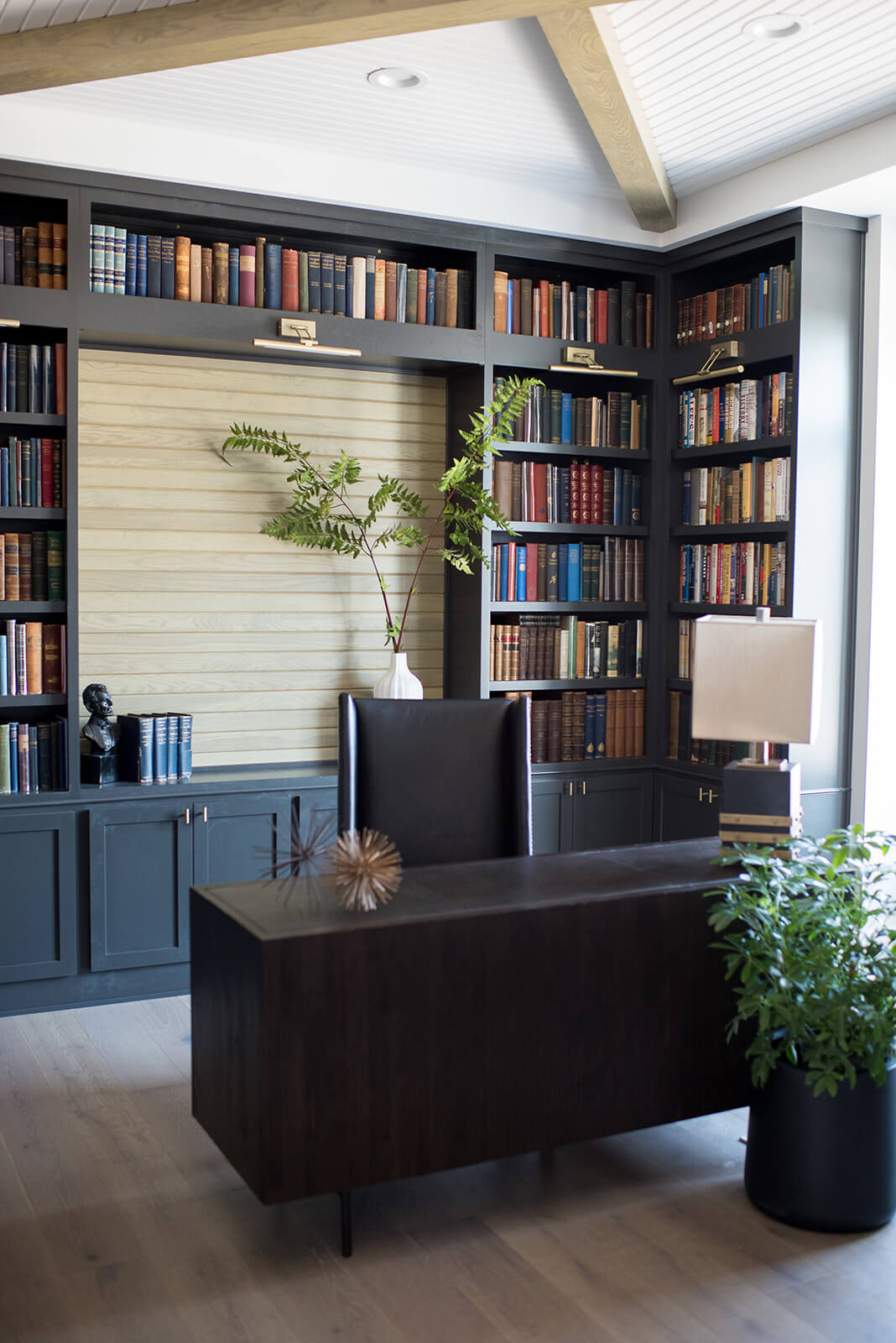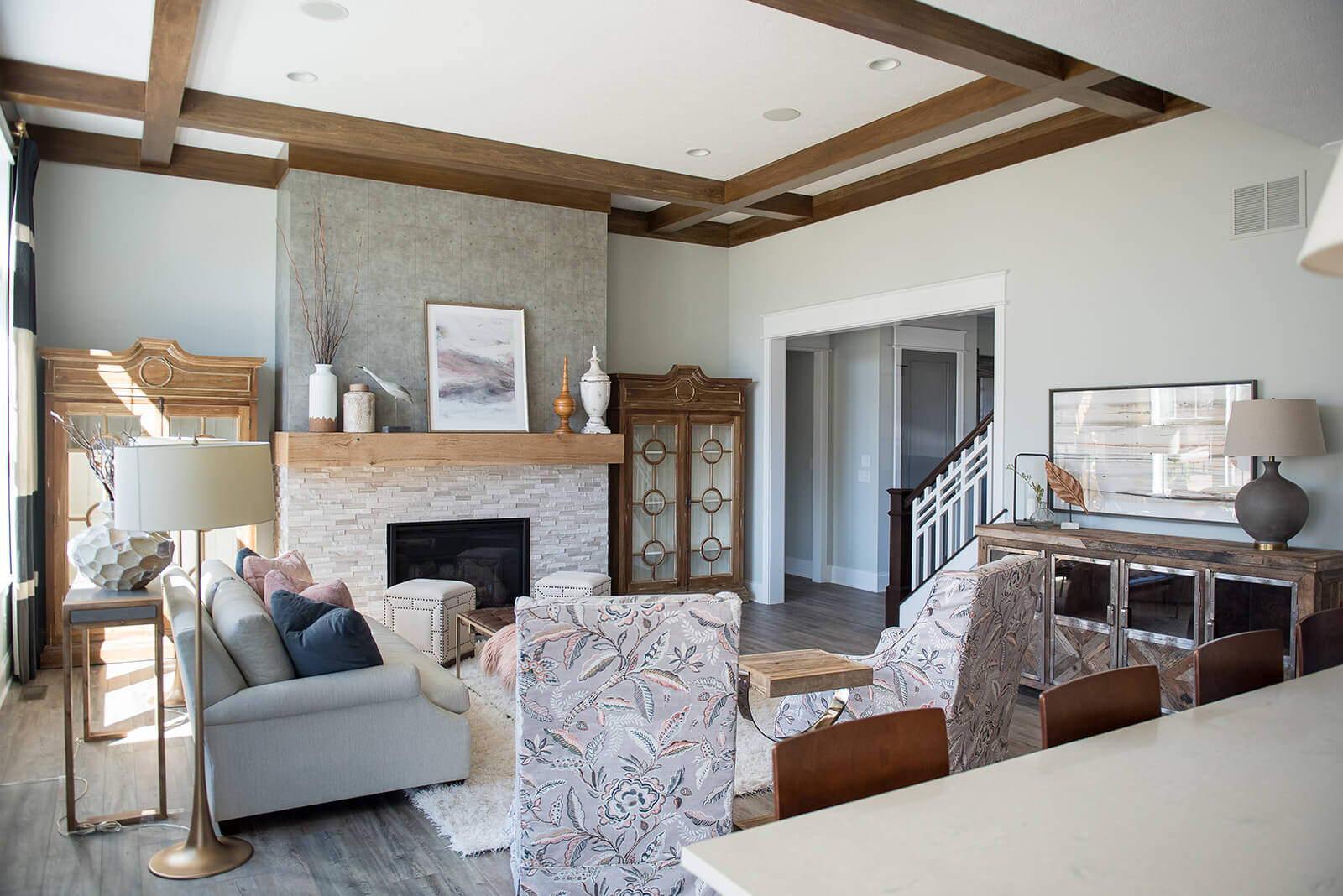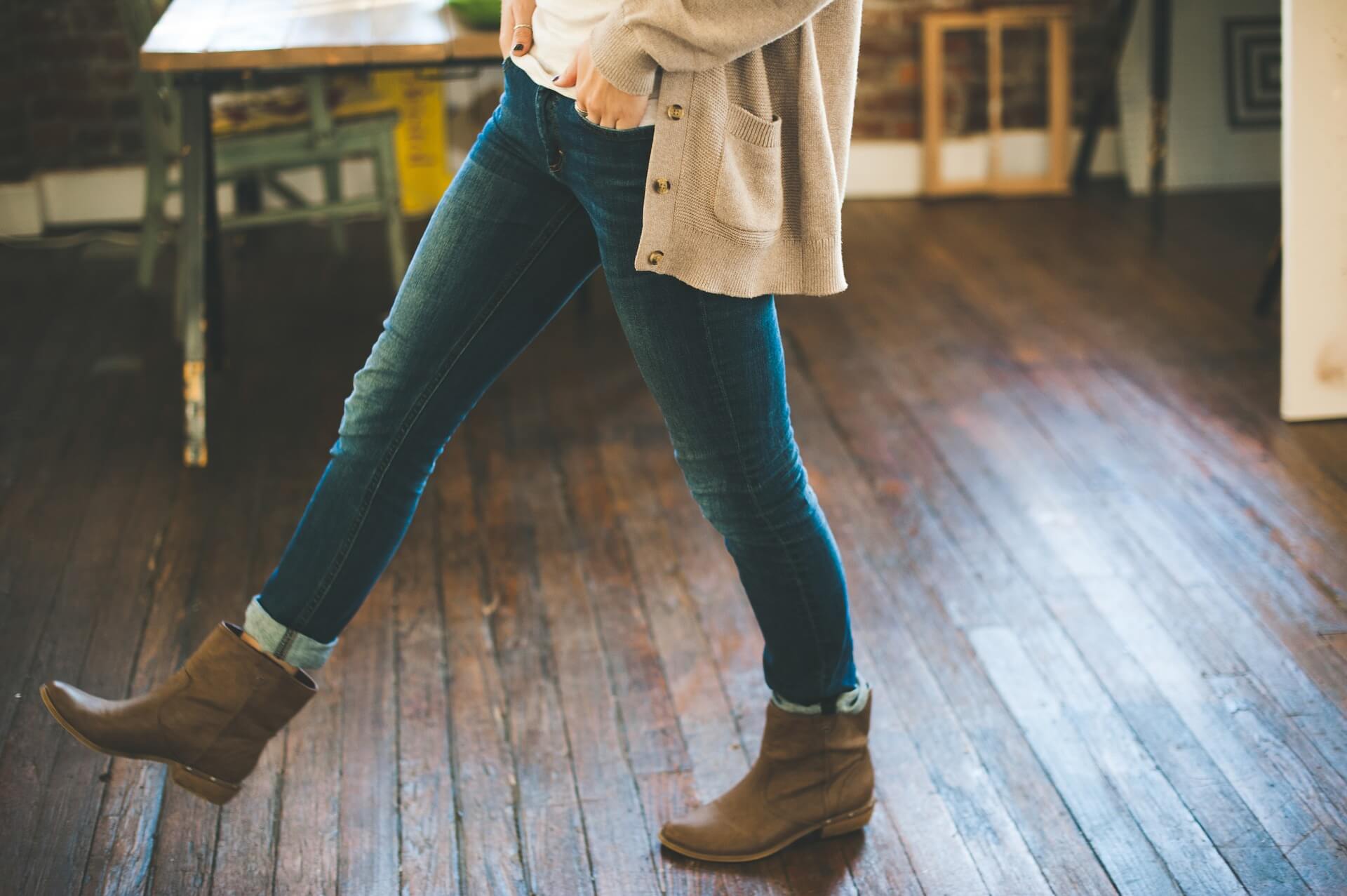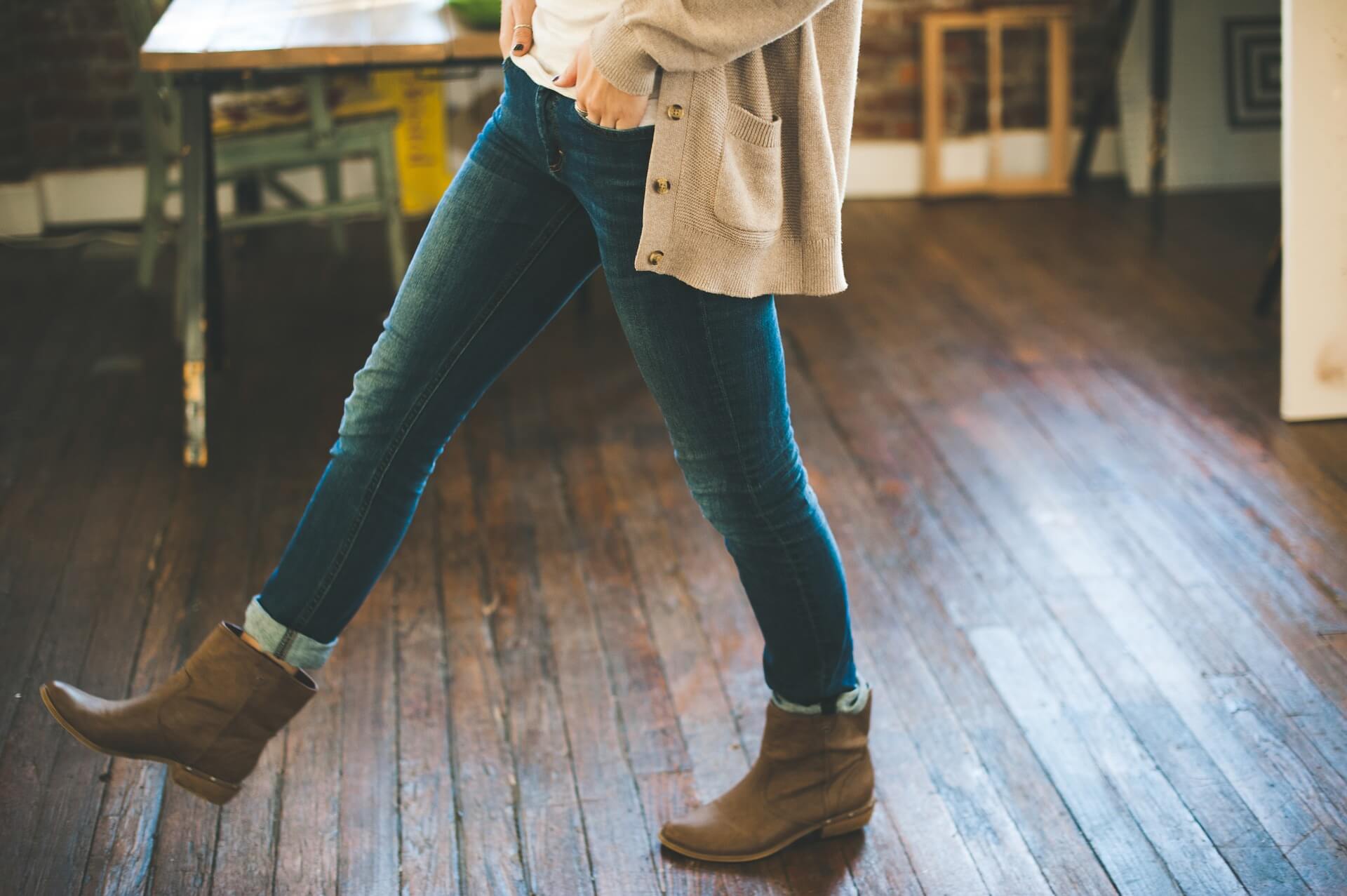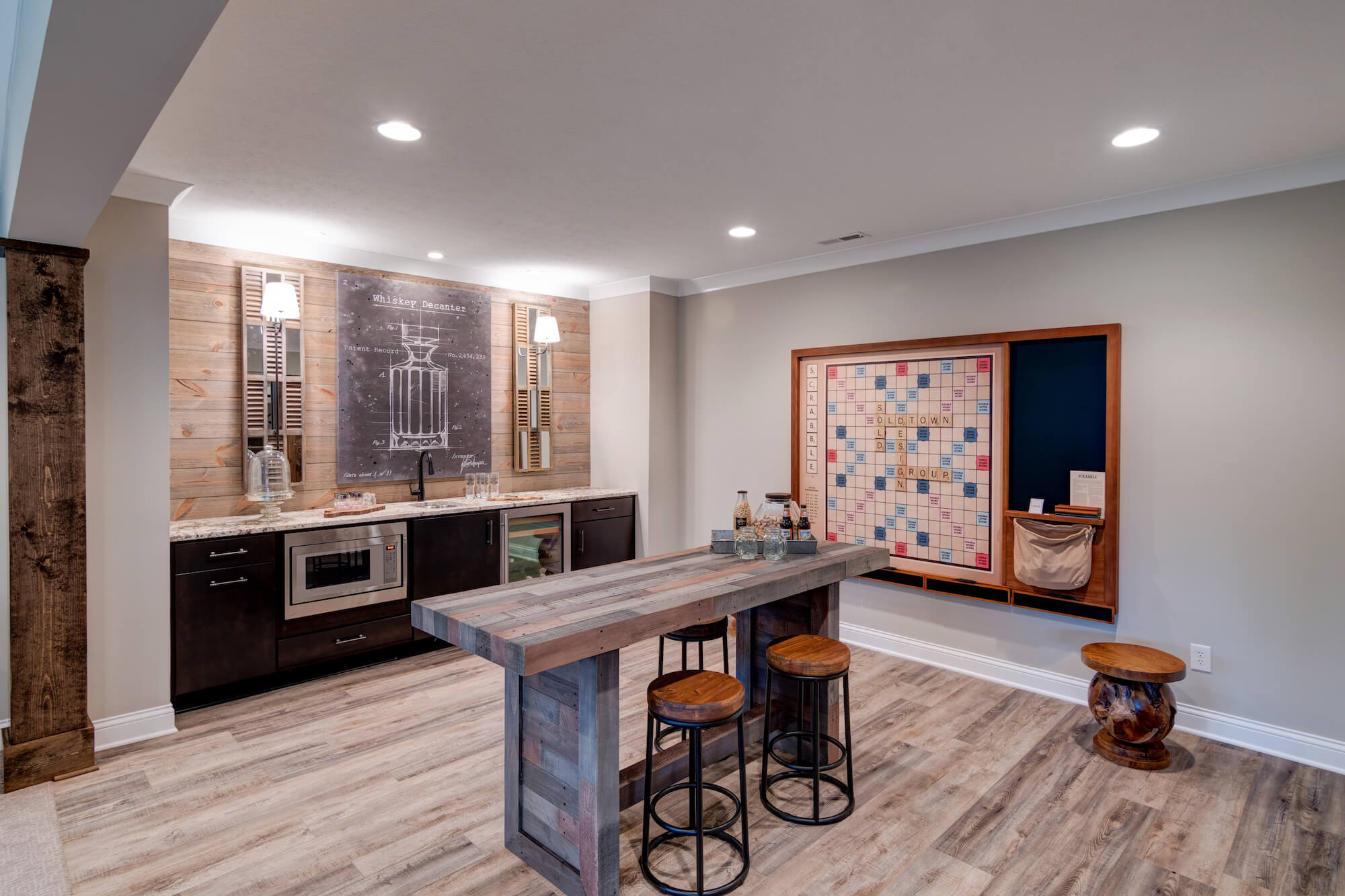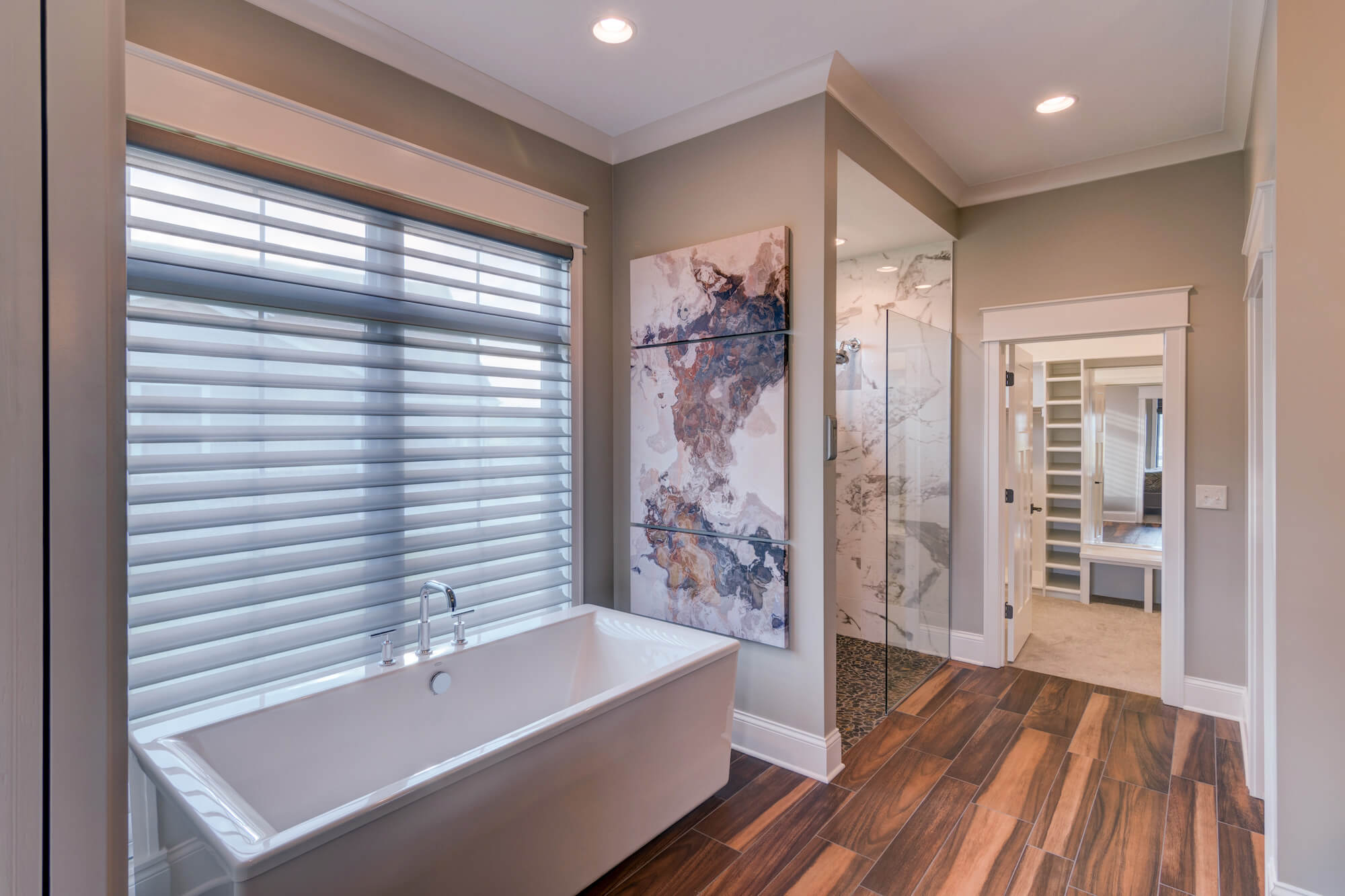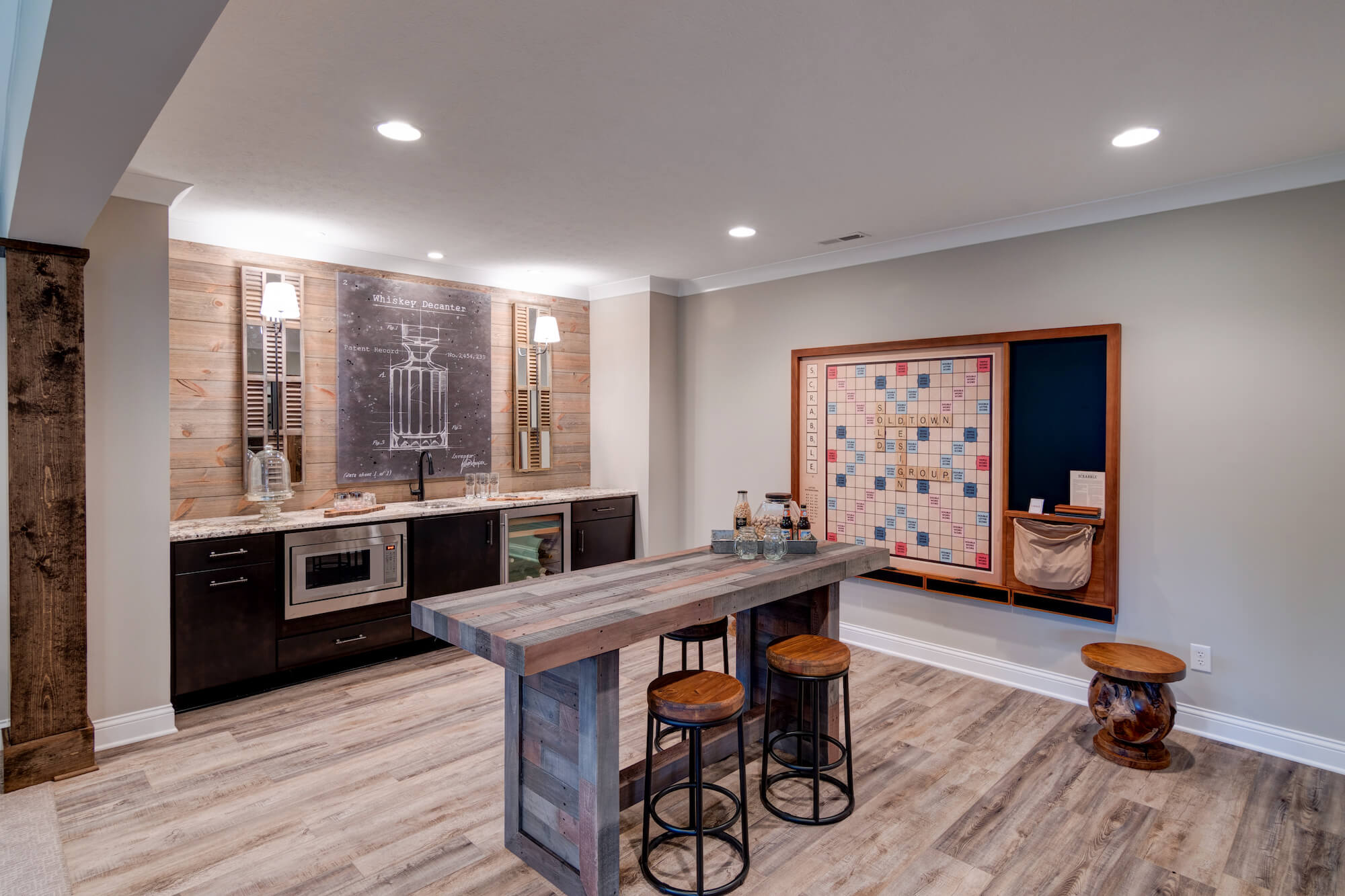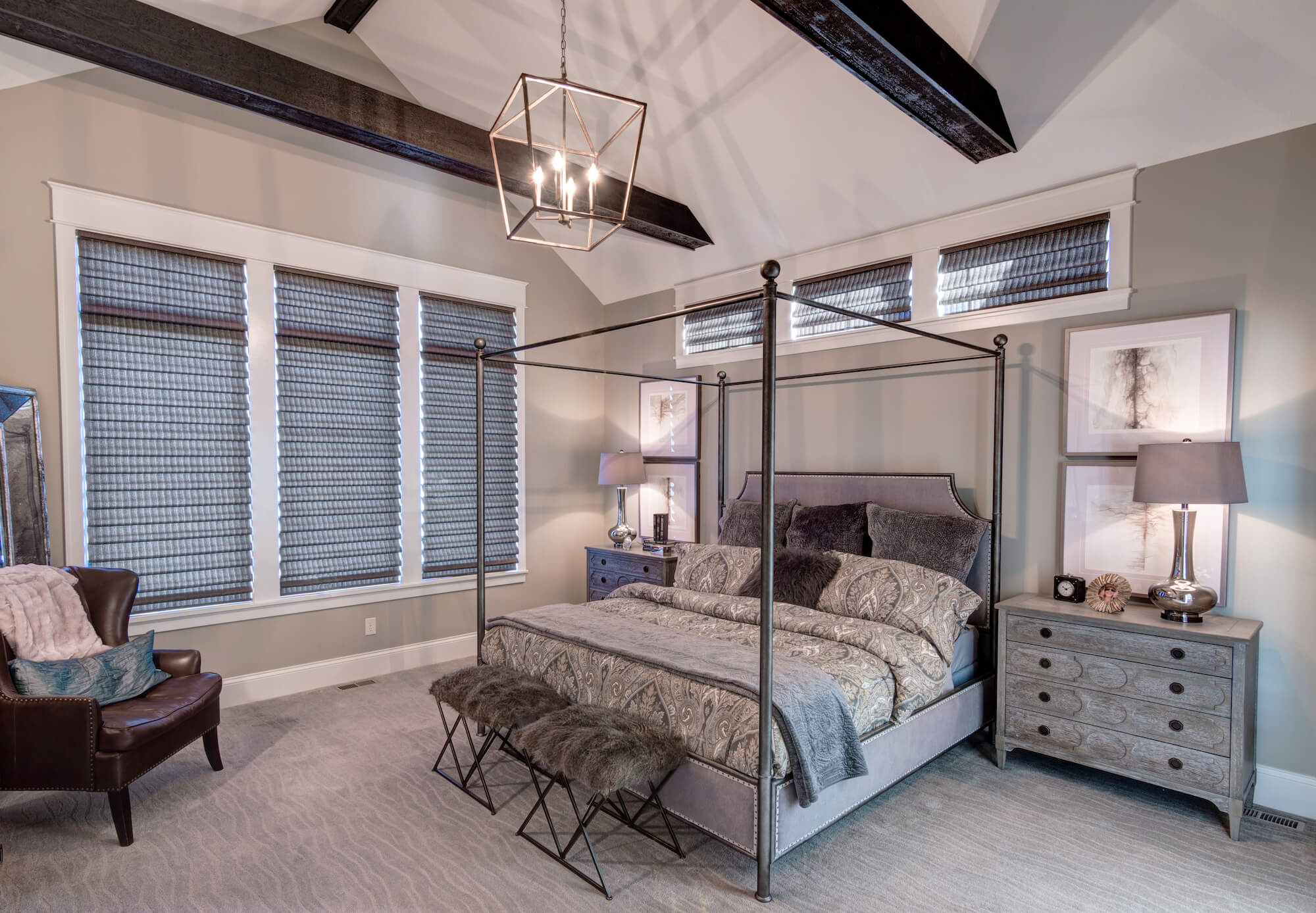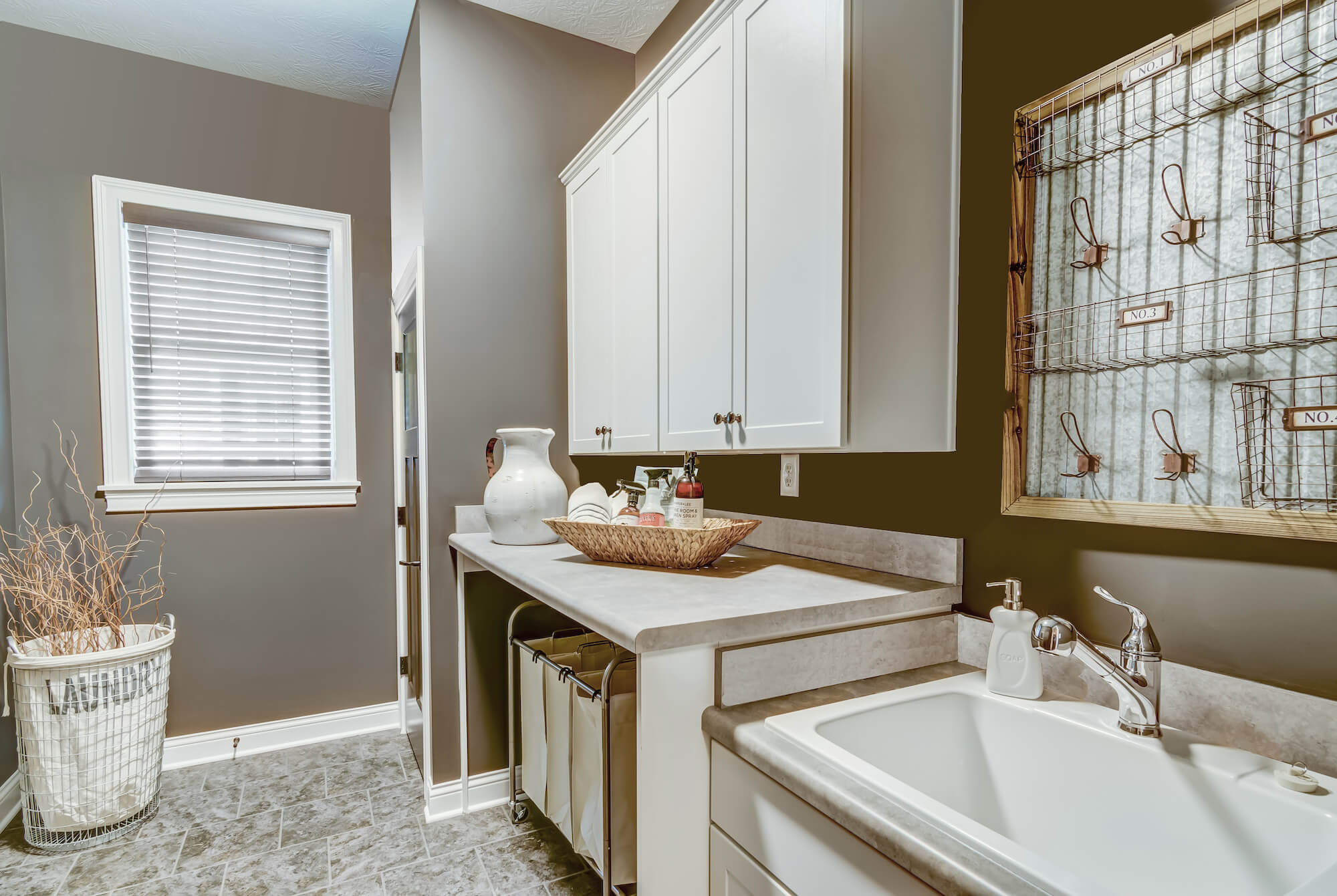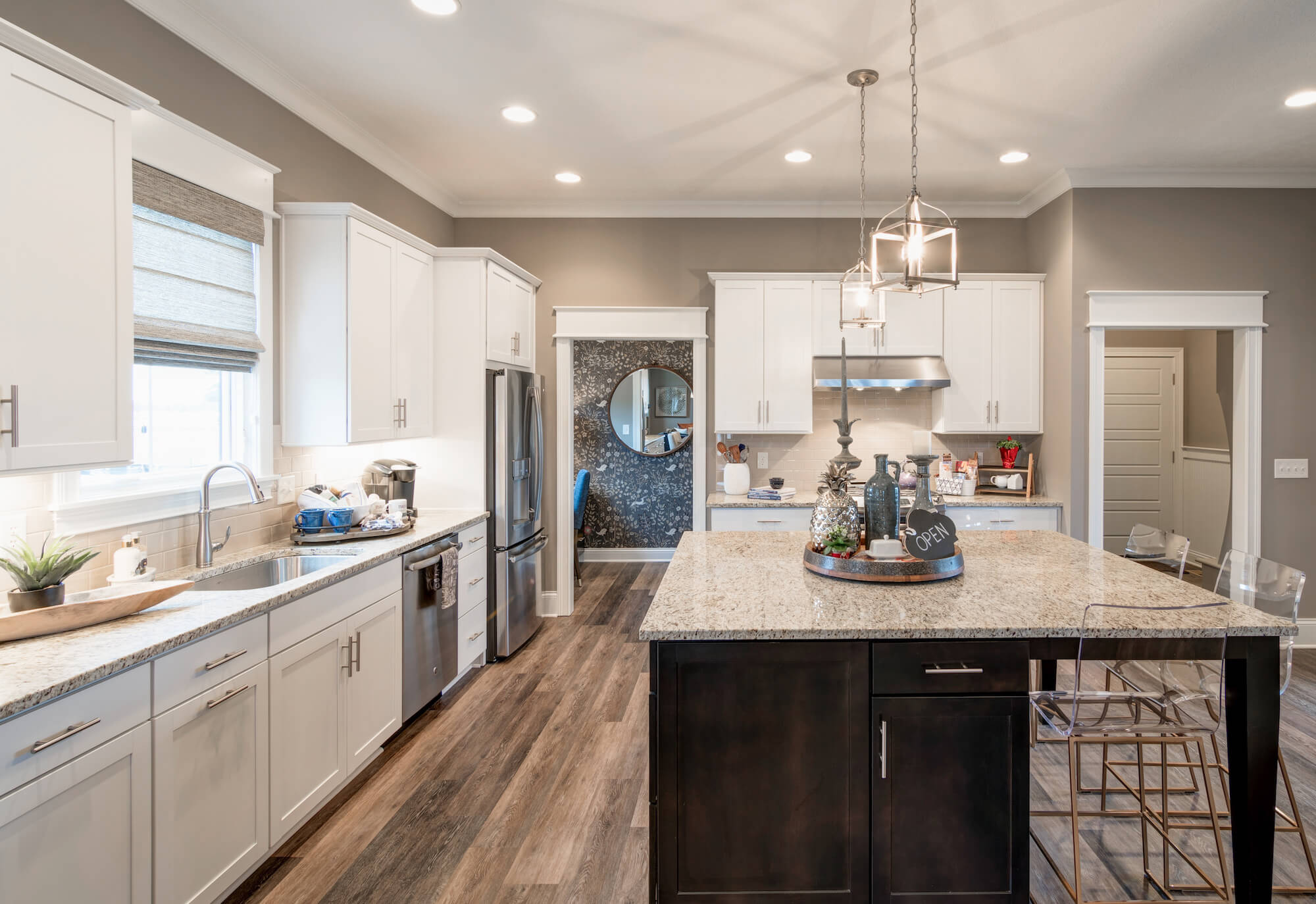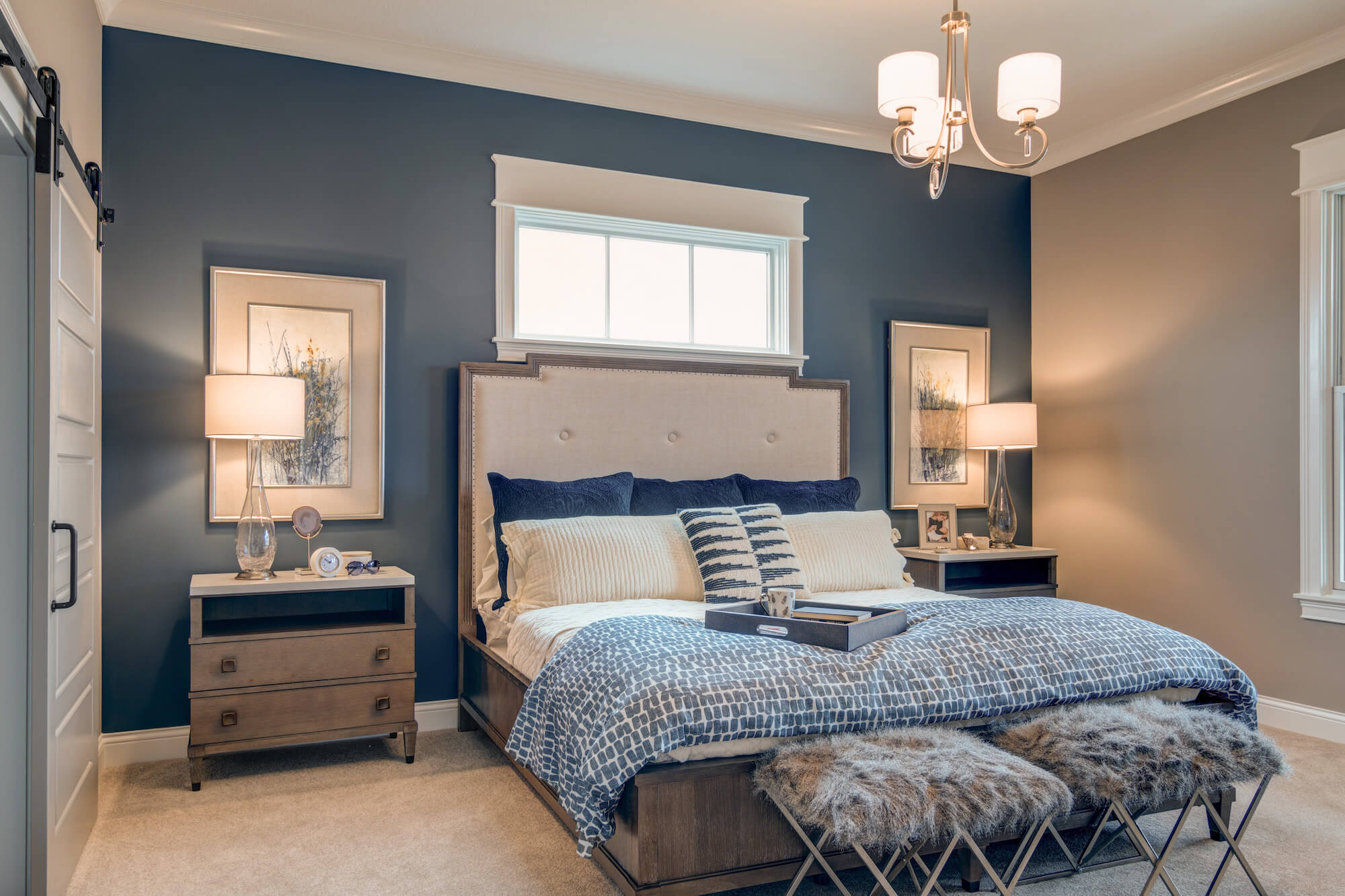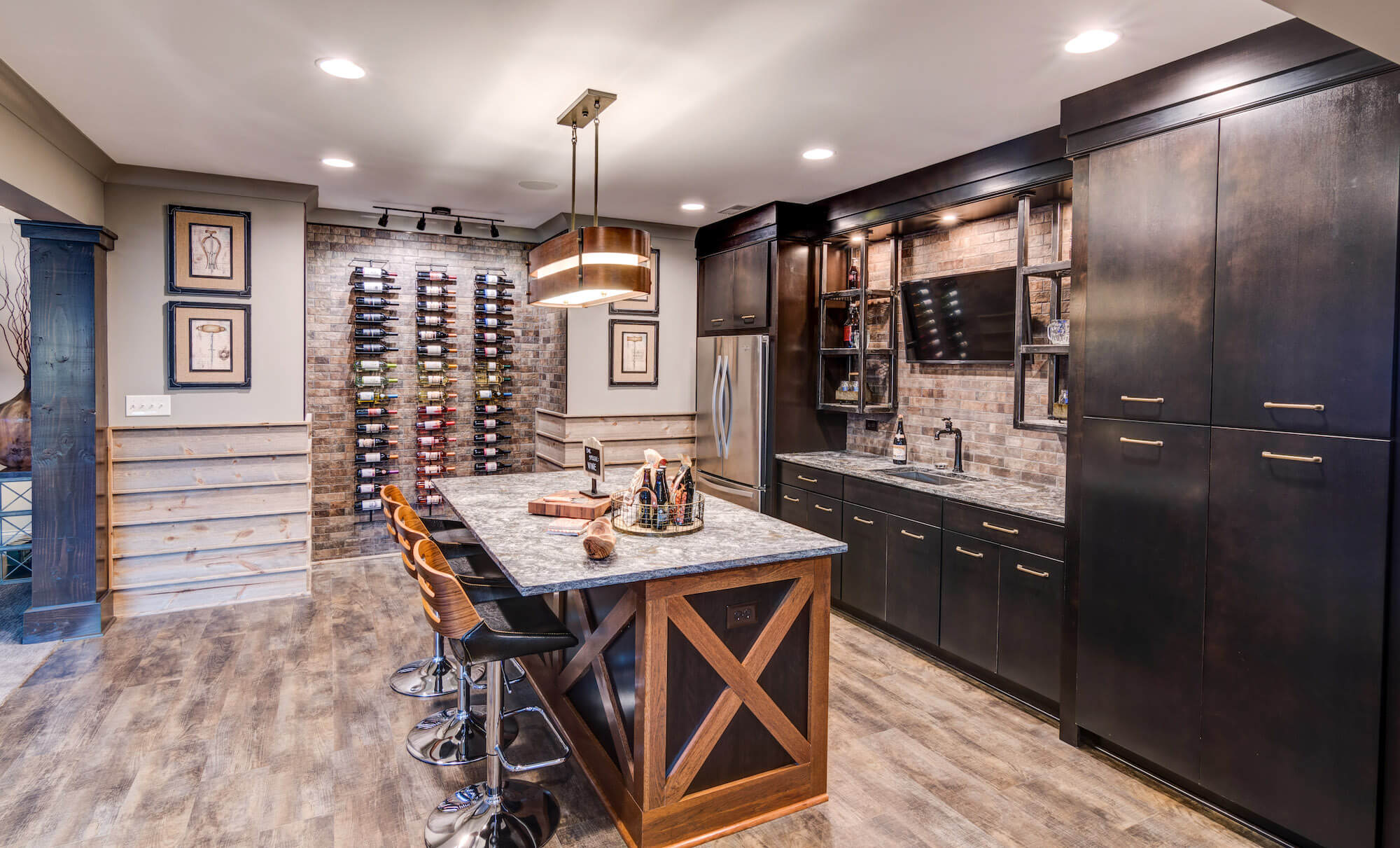Every member of the house has unique needs, and that includes pets! Plus, they’re easy to love and extra fun to spoil. Designing a home to best accommodate our furry friends keeps their care organized and easy—and pet-friendly interior design takes just a little extra planning.
Here are our favorite pet-friendly interior design features:
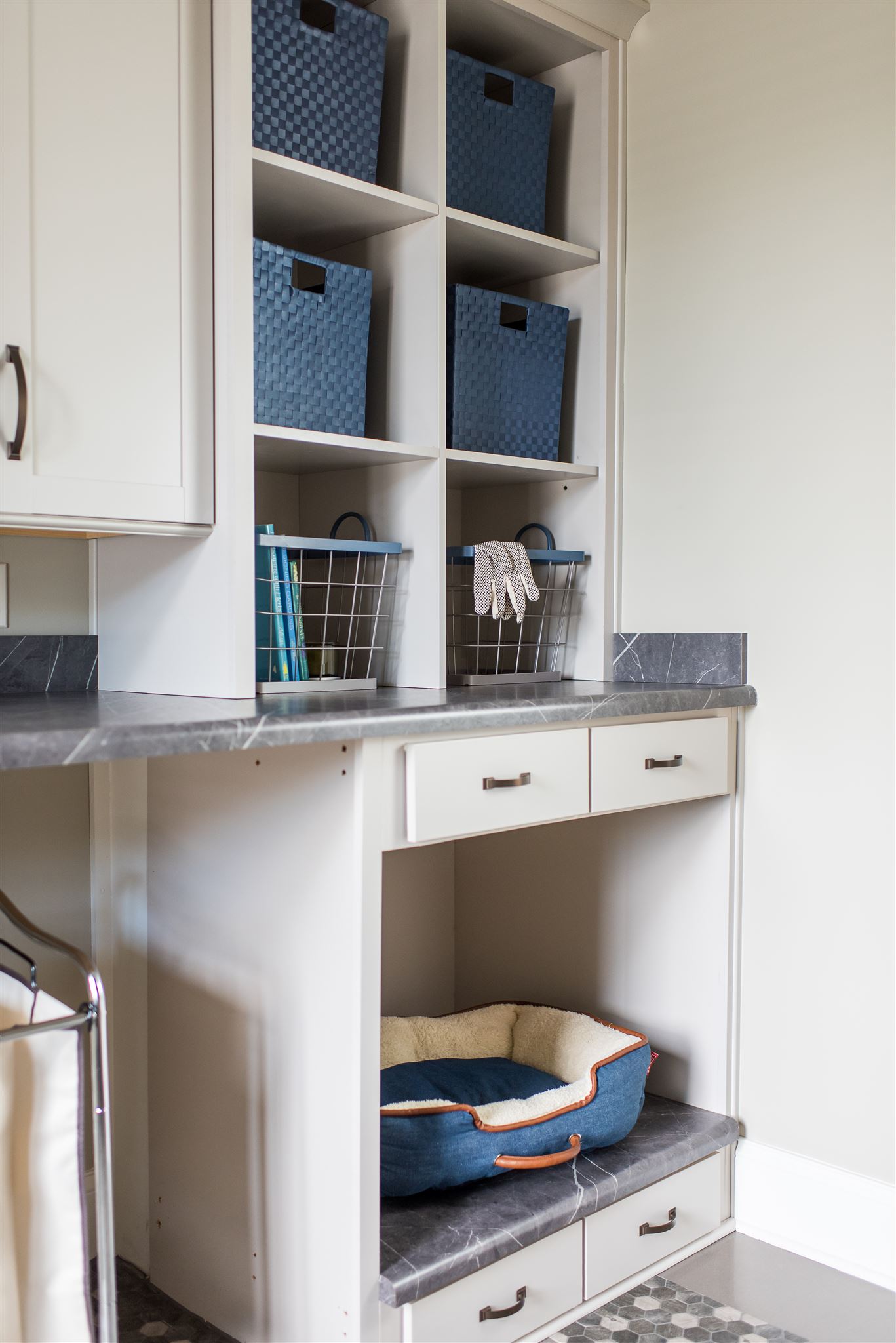
Durable Flooring
If you’re sharing space with a shedding pet then you’ve probably already figured out carpet is a tough go with fur flying around. Hardwood has its cons too, succumbing to scratches and worn finishes over time. Luxury Vinyl Plank and tile are much better options for their long-term durability and modern aesthetics.
Washable Upholstery
Splurge for easy-to-clean floor rugs and furniture. Some manufacturers now offer washable rug options which especially helps when dealing with puppy potty training or upset stomachs. Washable slipcovers also come in handy, as well as easy to spot-clean furniture upholstered in heavy duty performance fabrics. Look for labels that boast stain-resistance too!
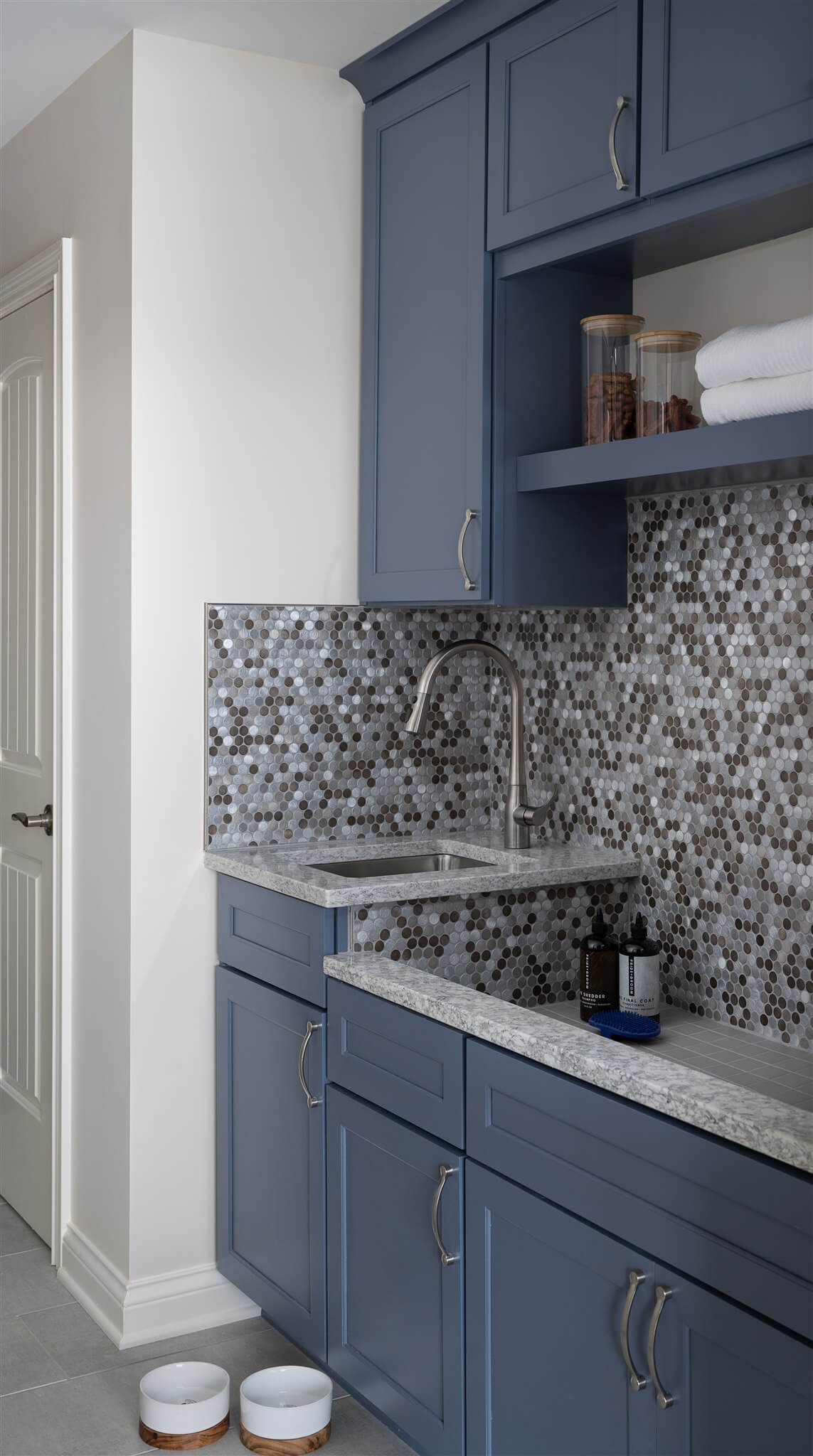
Food and Water Station
Built-in food and water stations keep messy meal situations in-check. Decide on where you want to consistently feed your pet and then look for opportunities to build food and water bowls into cubbies and cabinetry. No more tripping over bowls when they have a designated space outside of your walk zone! Add a built-in wall water fountain or automated feeder for added convenience.
Built-In Gates
Pet gates are sometimes necessary to secure less pet-friendly areas of the house, but they can be a burden to live around. Consider built-in gate options to avoid headaches that can occur with failing or hard to open gates. Built-in options protect walls from wear and tend to be more stylish too, for a more seamless design.
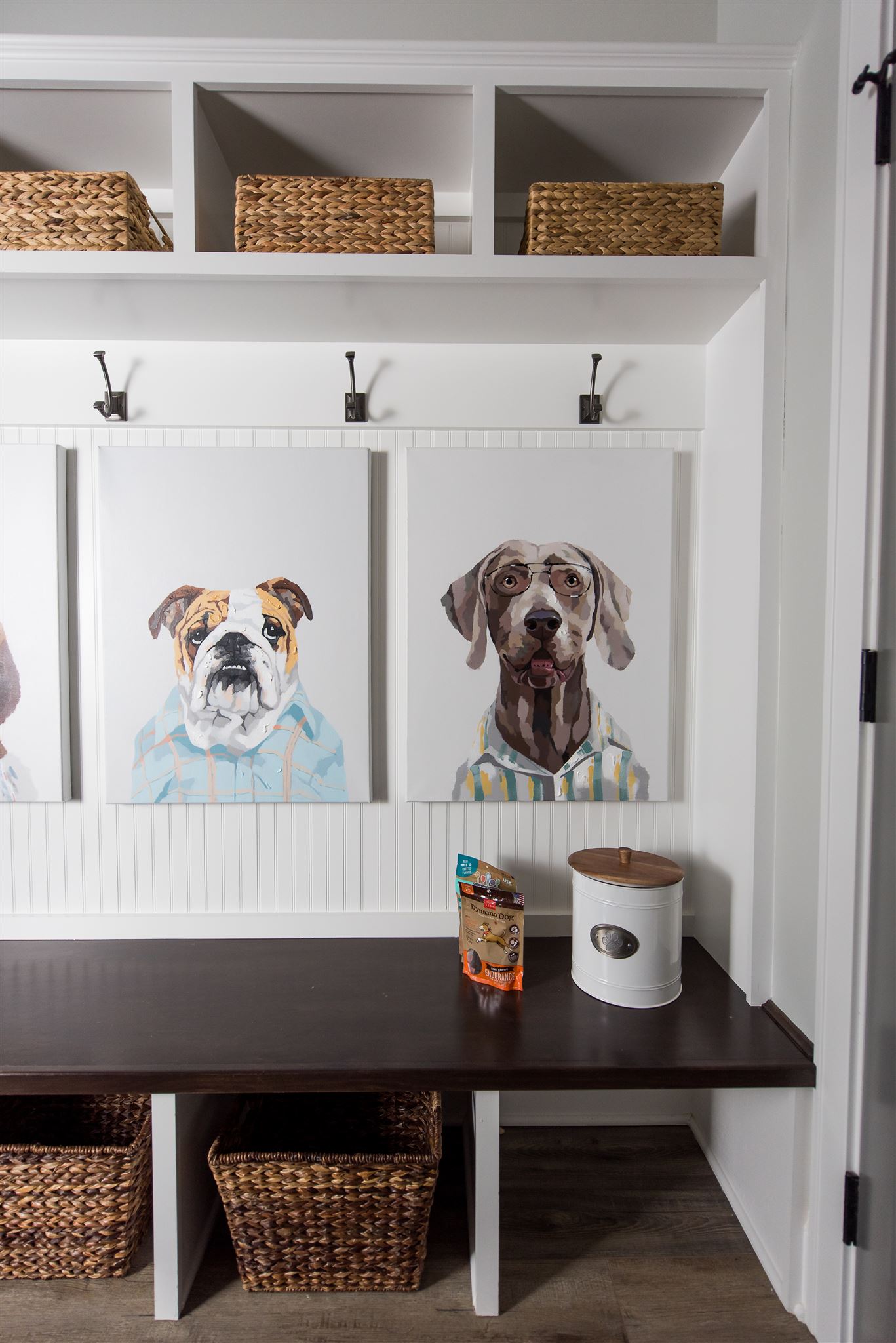
Gear Hub
Pets don’t necessarily need a lot of gear, but it’s hard to resist. Leashes, collars, scarves, shirts, booties, coats, and the list goes on. And that doesn’t include all the fun toys and yummy treats! It’s easy to accumulate a lot of gear quick, and best to make a plan for it so it’s accessible, organized, and easy to use! Including a cubby corner for supplies, wall hooks for leashes, and food bins for quick refills in the mudroom or another entrance to the home is a handy way to store their gear and goodies.
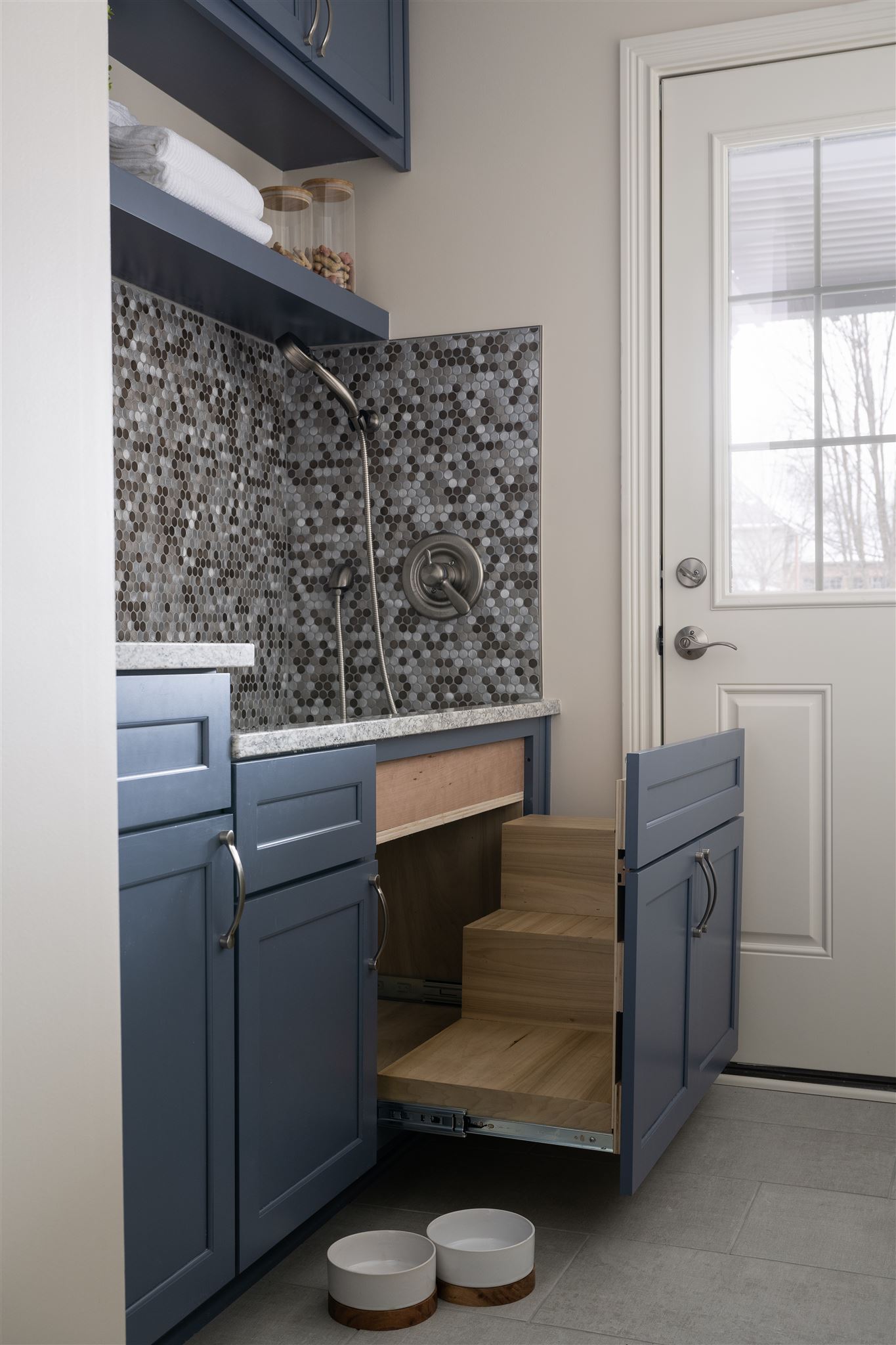
Washing Station
Depending on your pet’s size and behavior, a standard utility or bath tub wash setup might not be cutting it! Washing your pet can be a stressful (and messy) situation for both you and them. Designated pet washing stations are a great solution whether they’re simple or elaborate in design. Most include tile or easy to clean basins installed at a back-saving height with a handheld sprayer and leash hook to keep your pet safe. You might even include a dryer station for a full-on spa experience.
Automatic Vac
They say dogs are a “man’s best friend”, but if you’re dealing with a shedder, a robo vac may be your true best friend! There are so many great options available in the automatic vacuum world, do your research and find one that fits your home size and needs. Then think about a good location in your home for placement so the vacuum can run without issues. Look for opportunities to conceal the vac under existing furniture while it is charging to avoid a tripping hazard.

Don’t go barking up the wrong tree! Contact us for more pet-friendly design ideas.

